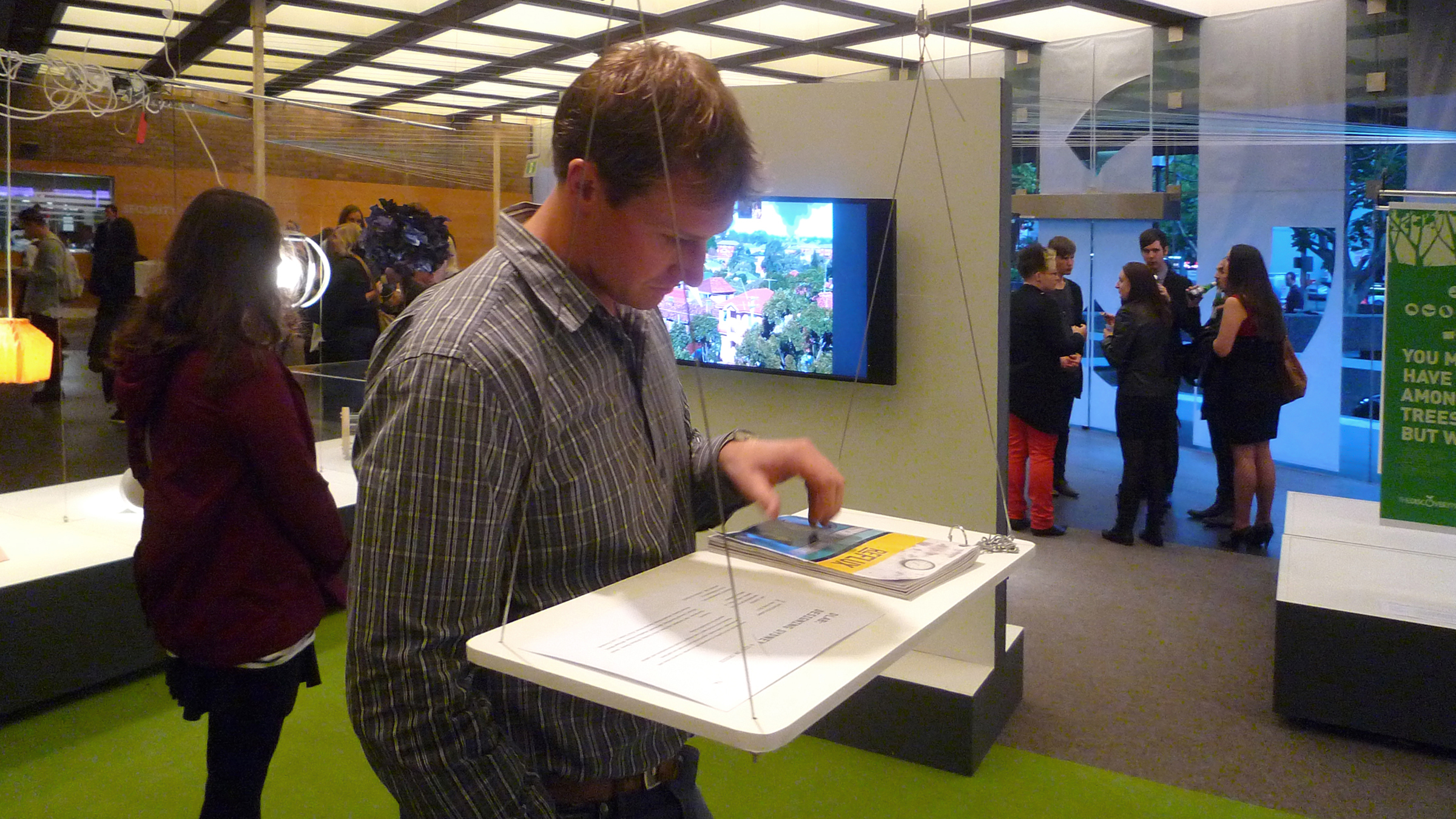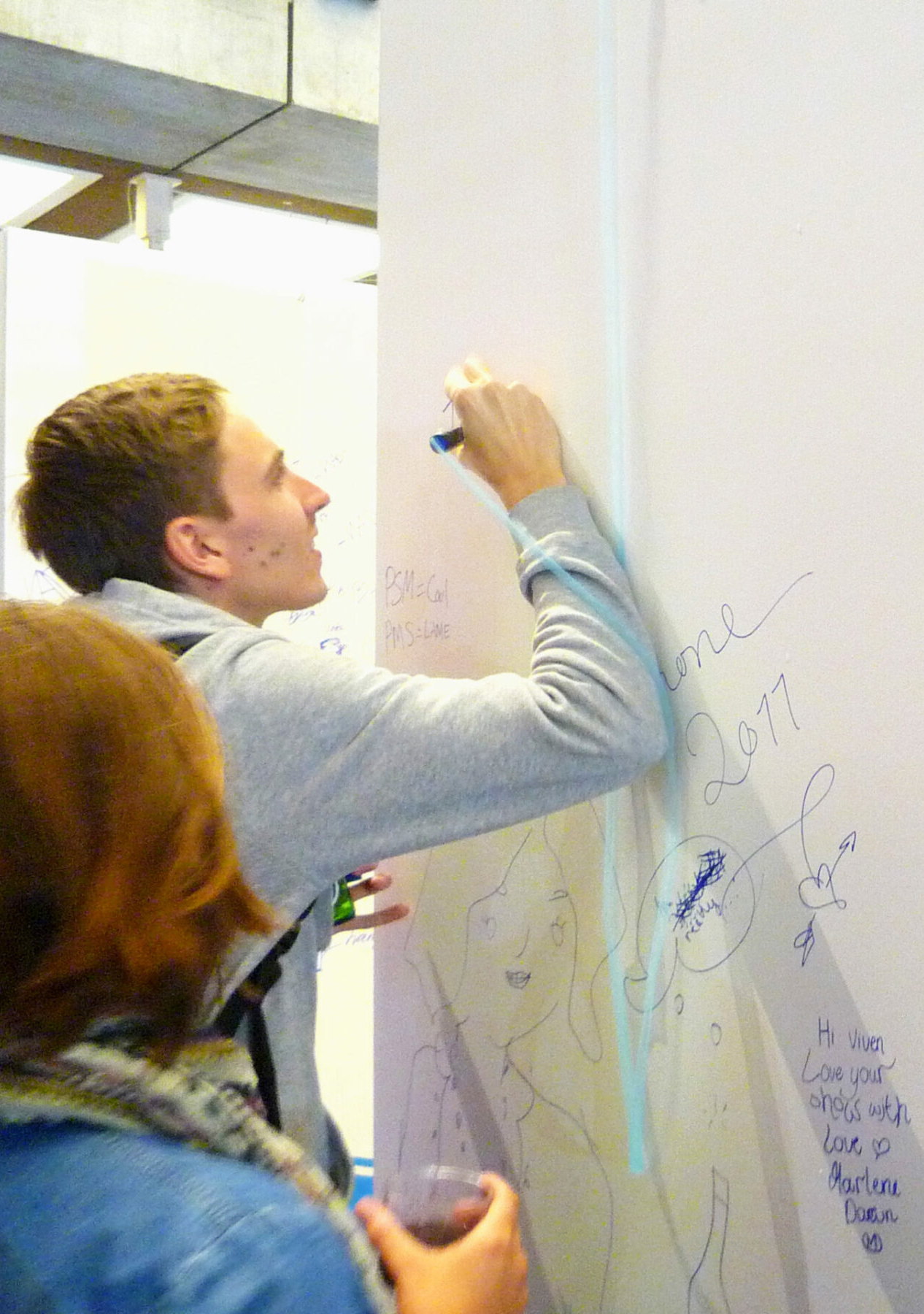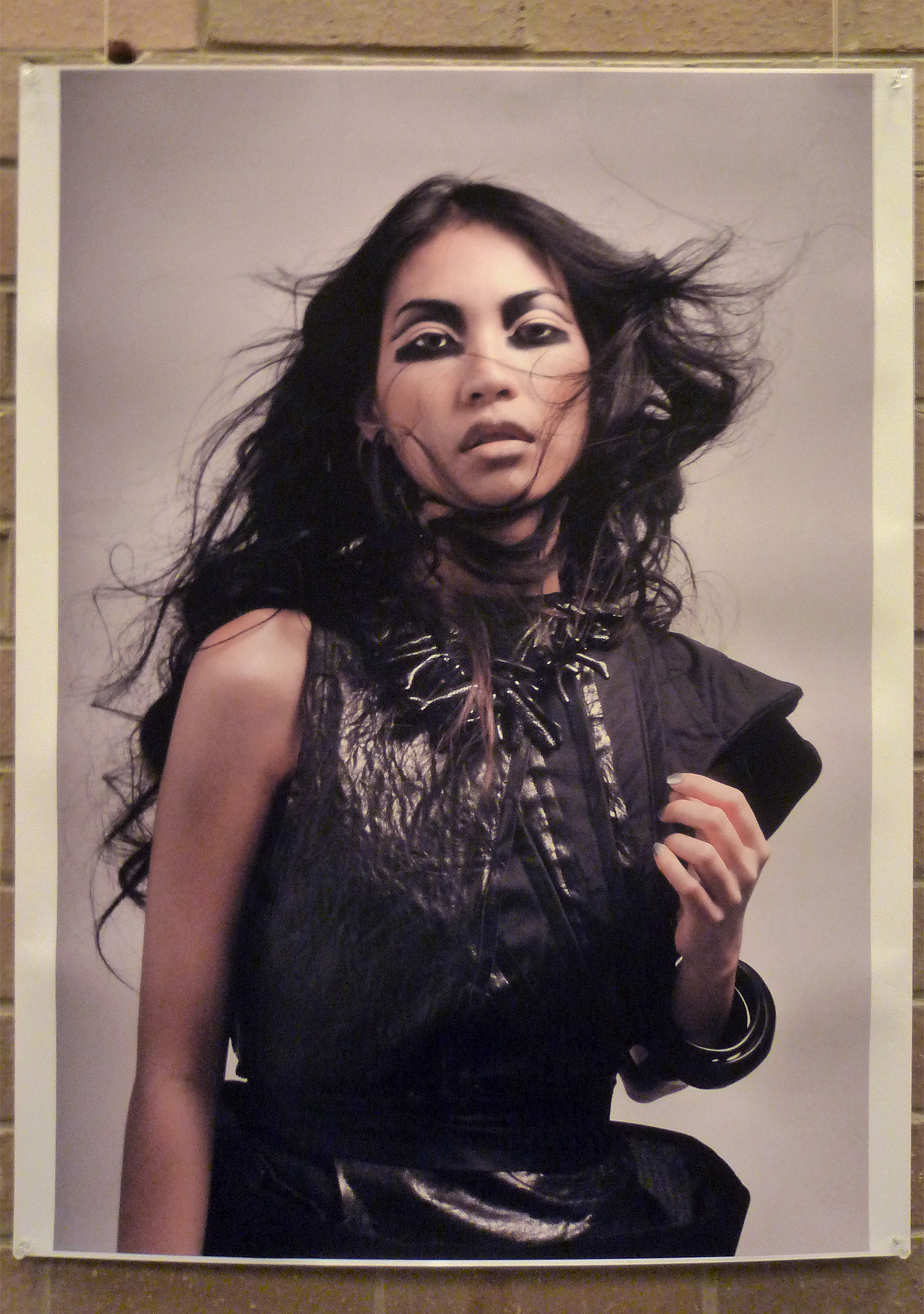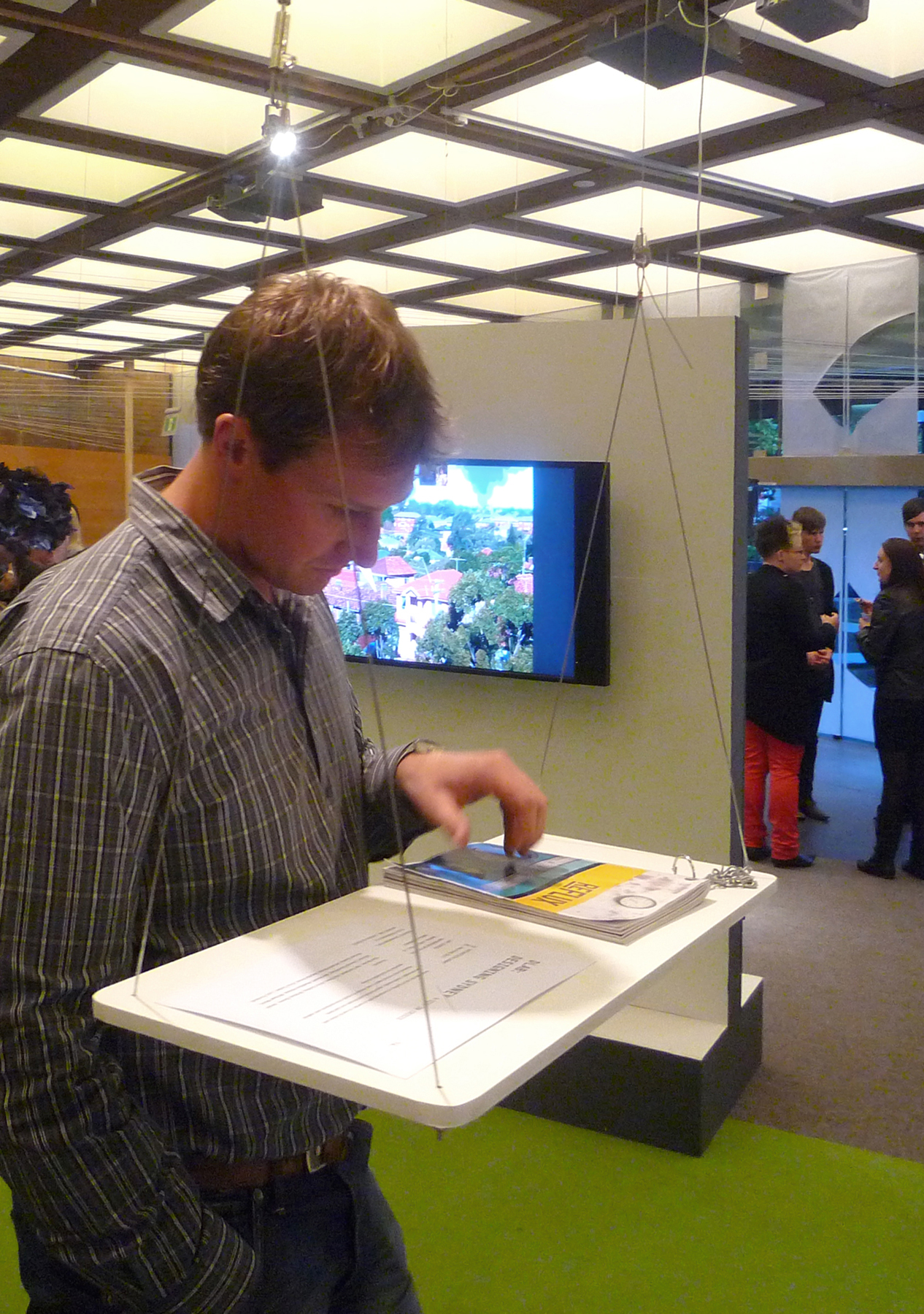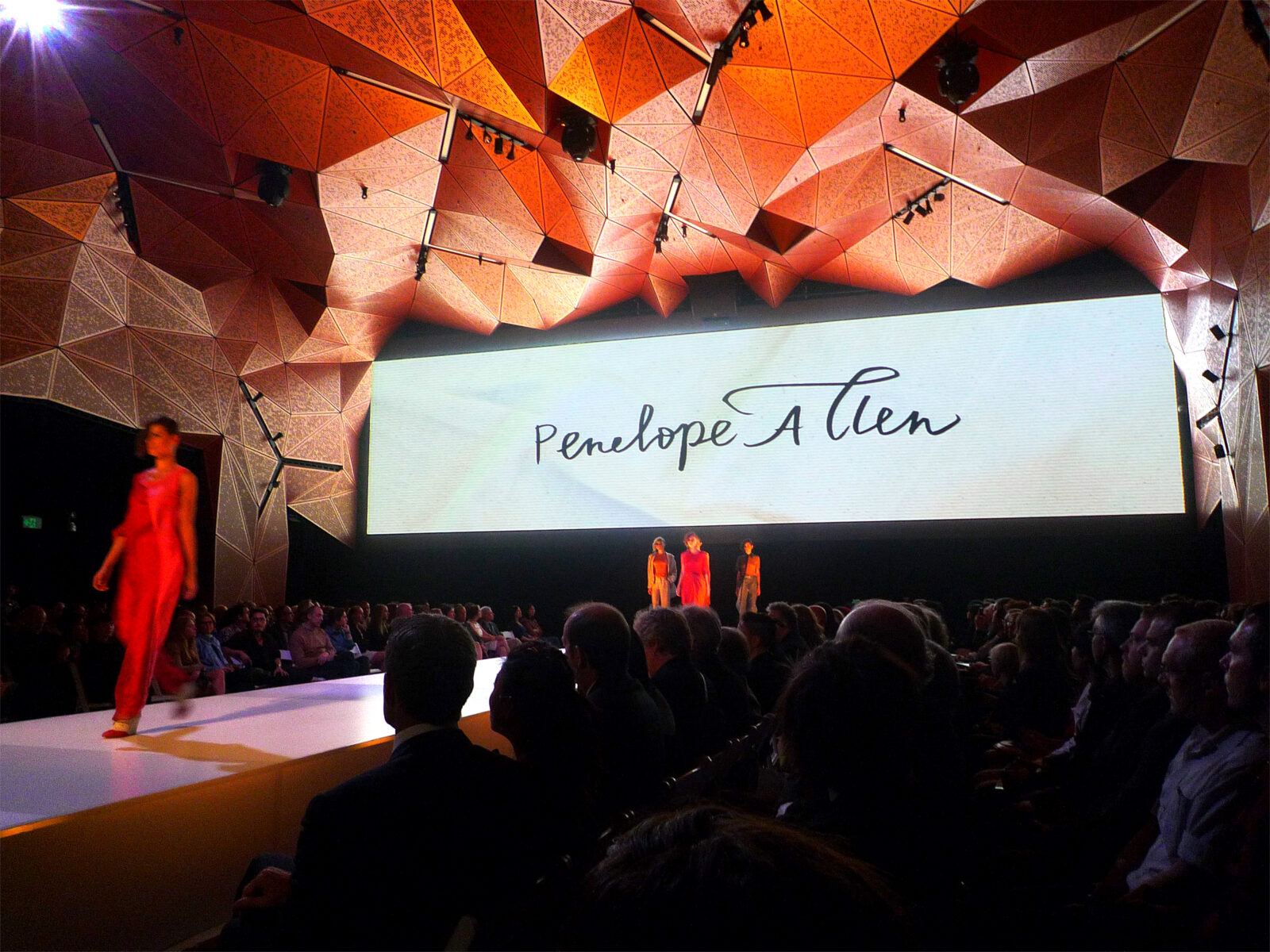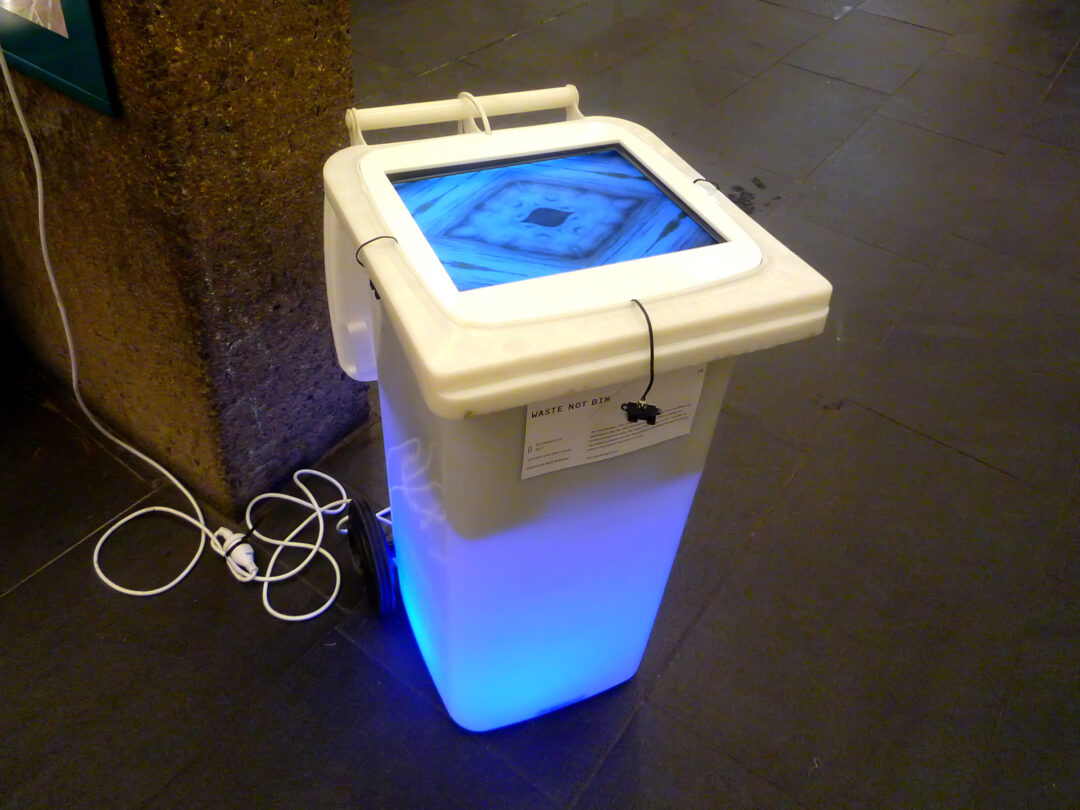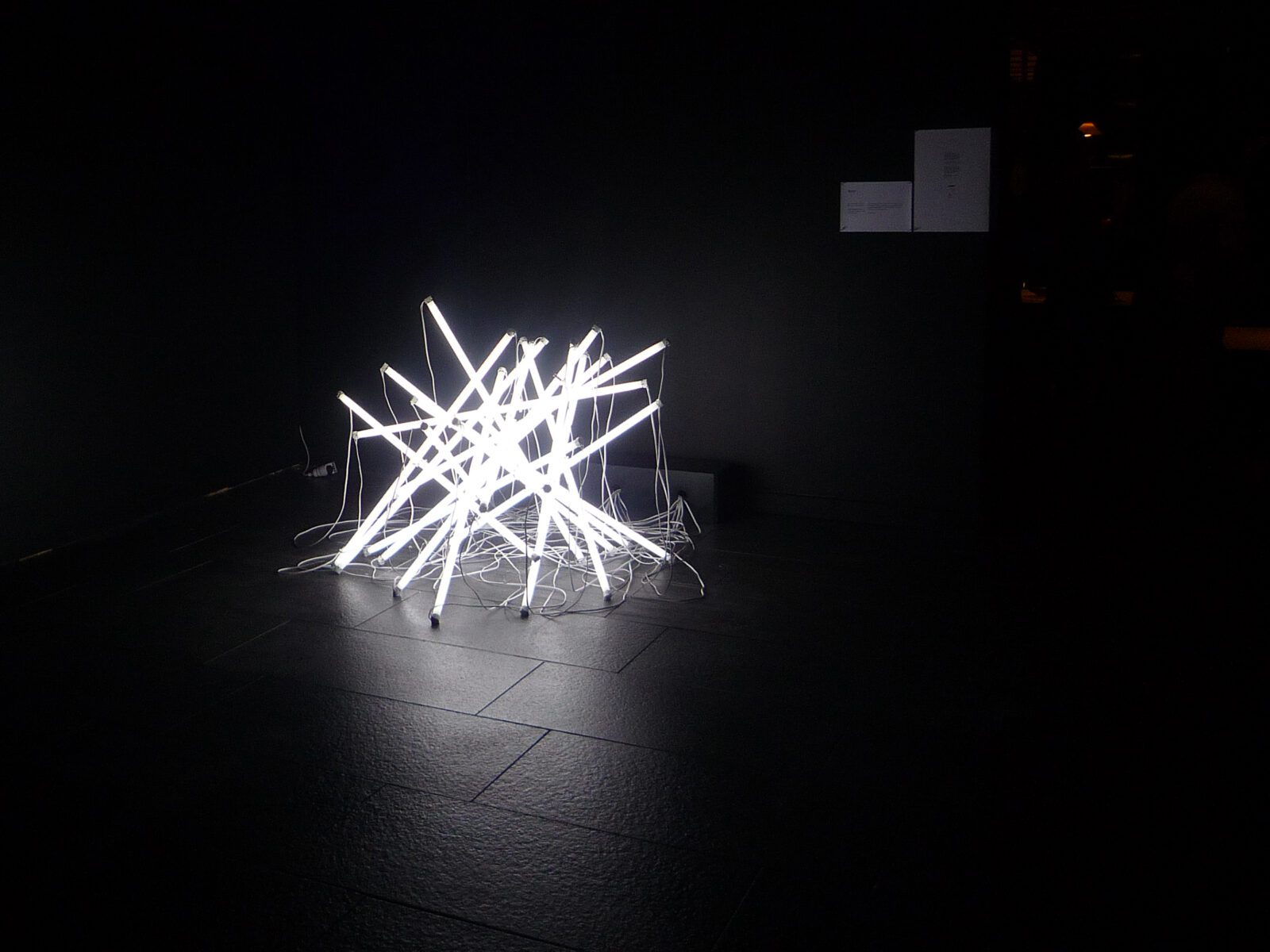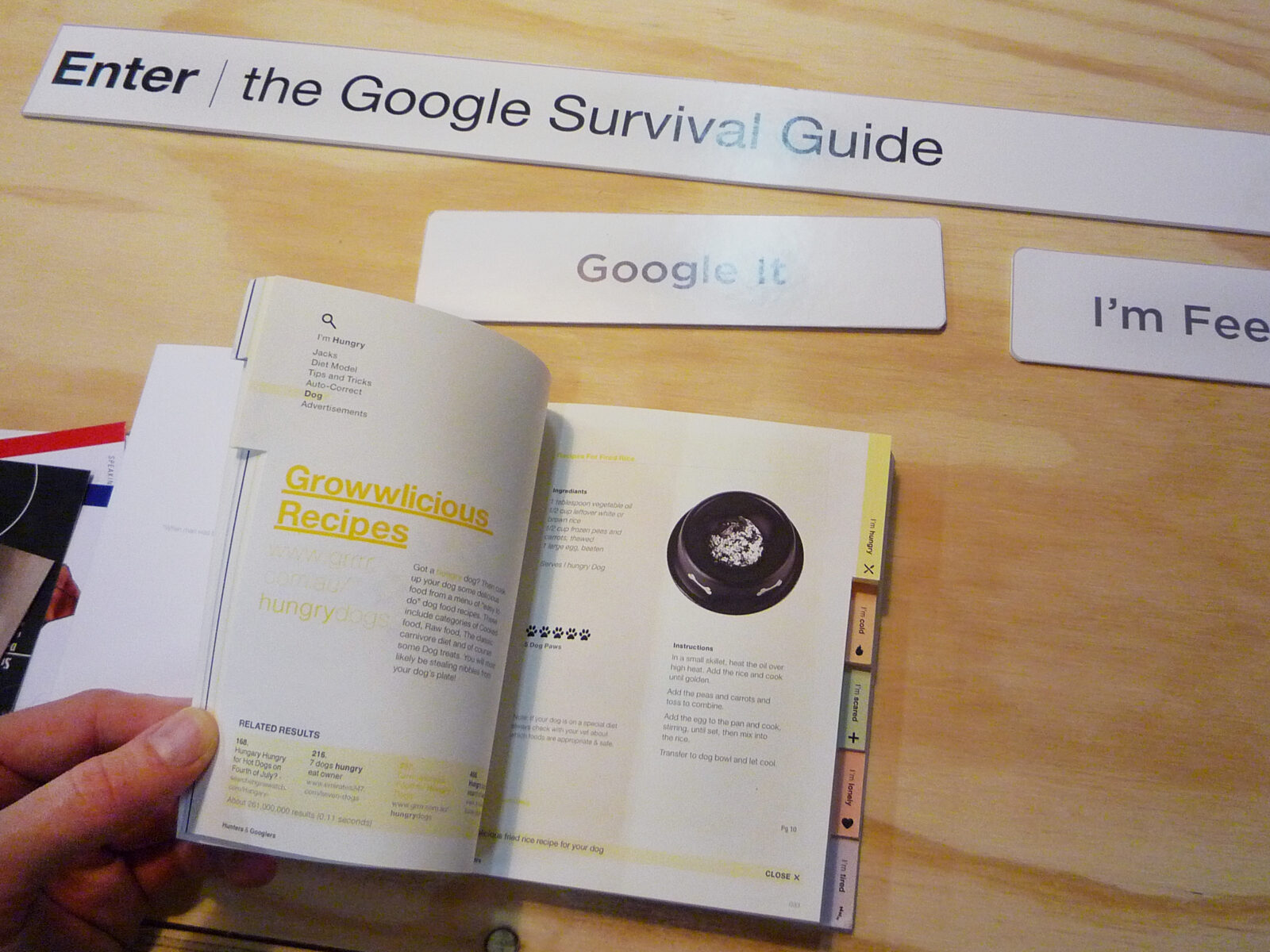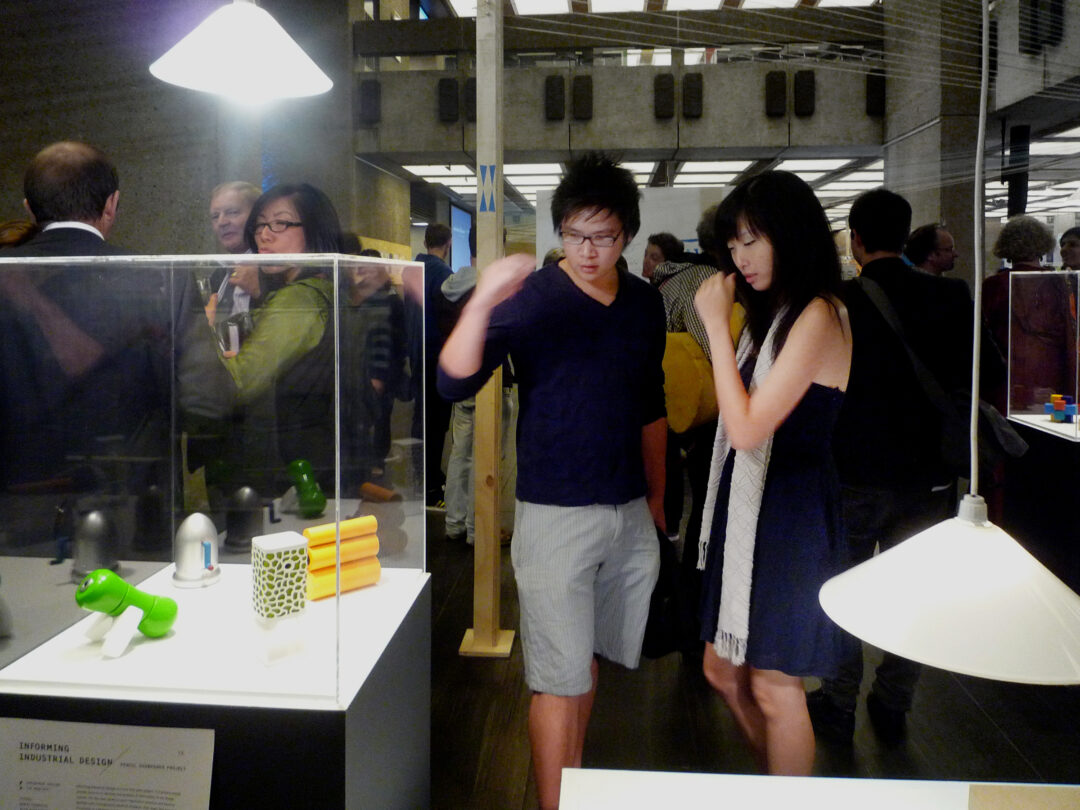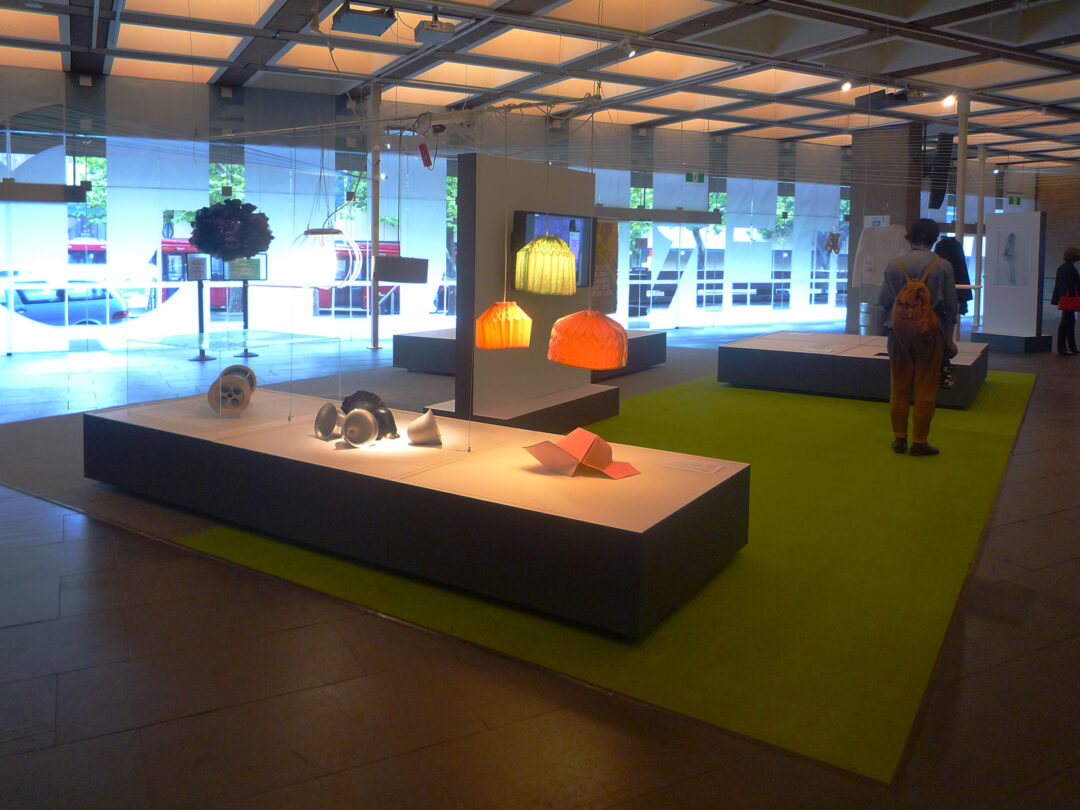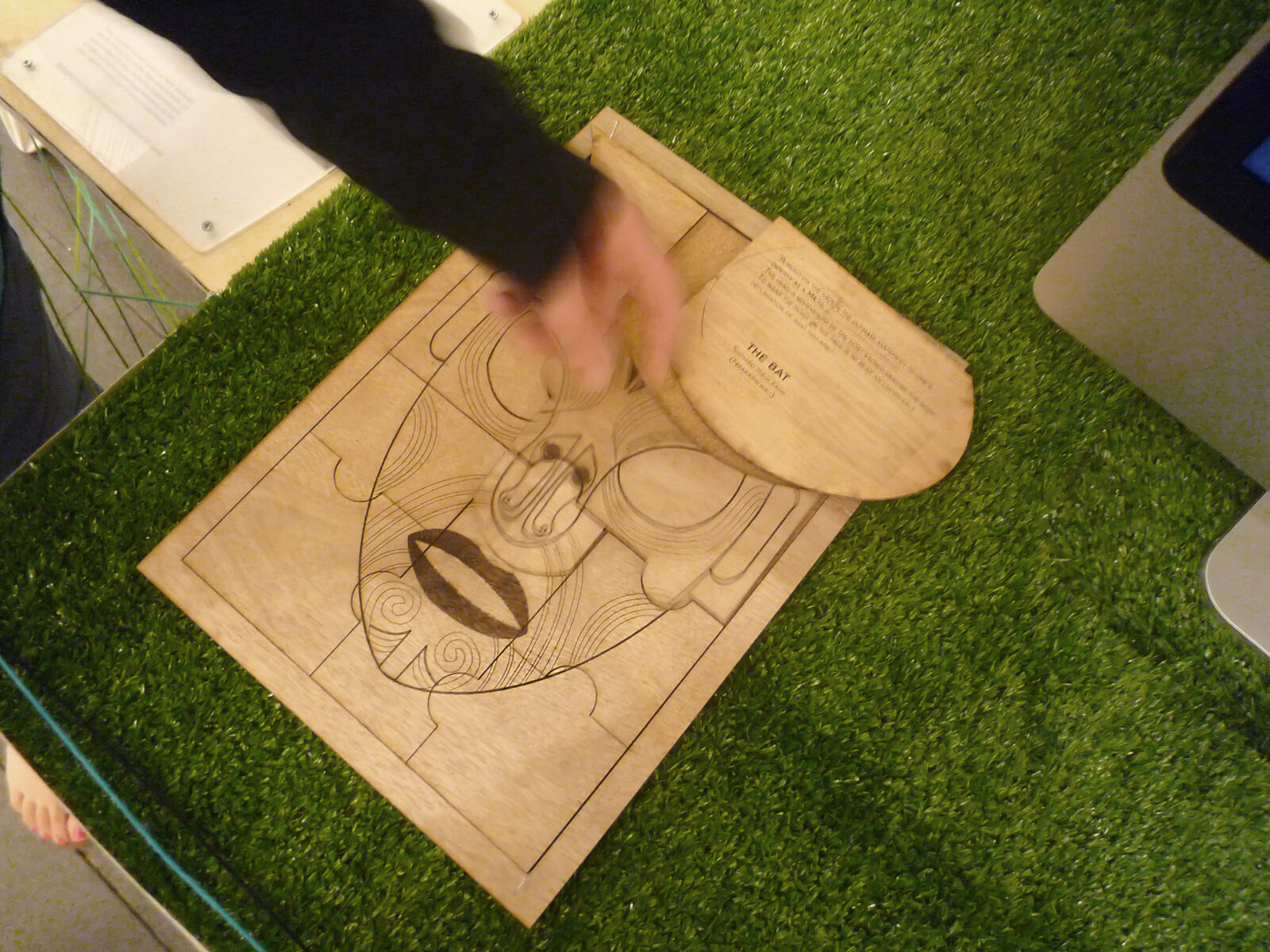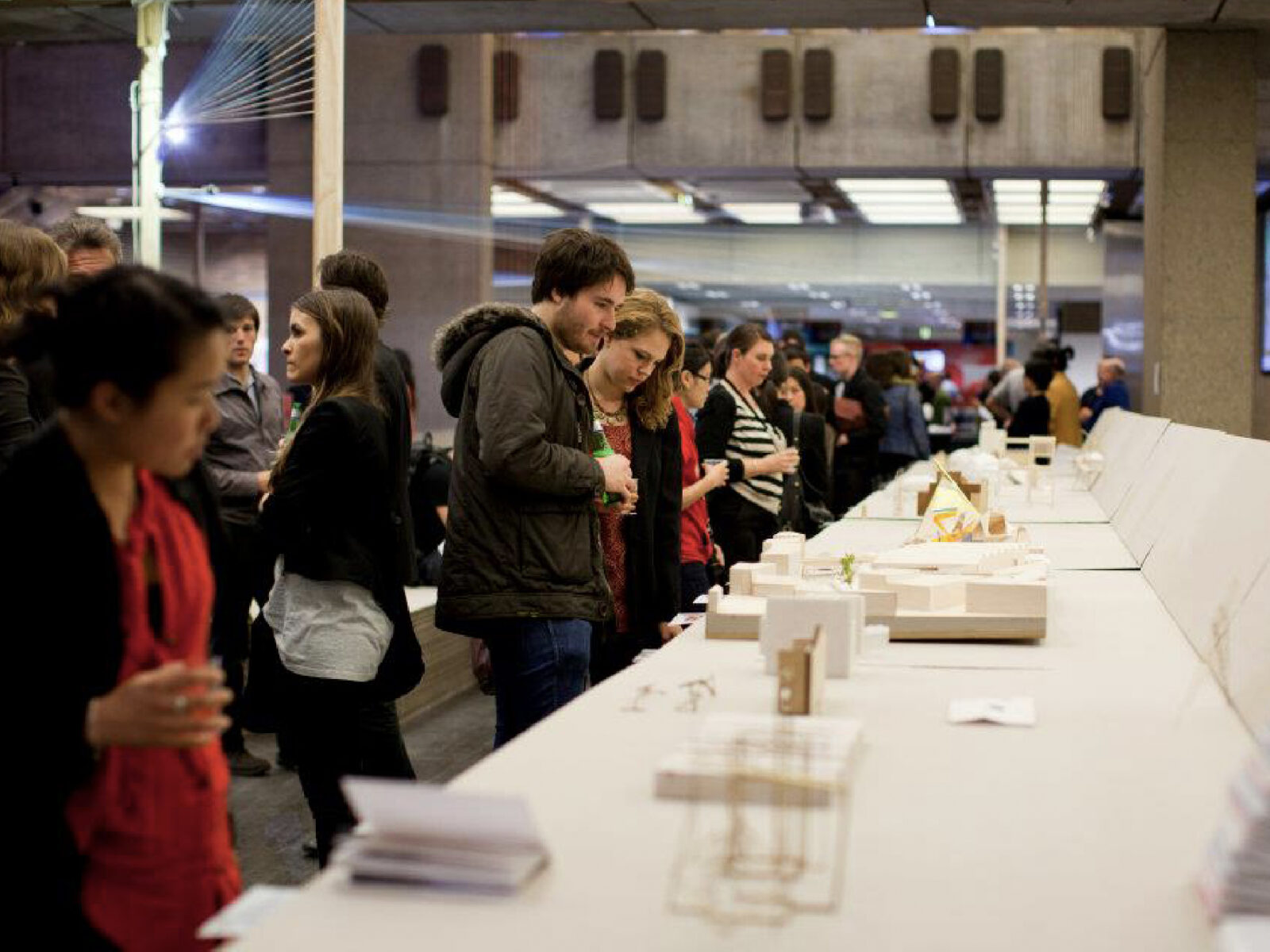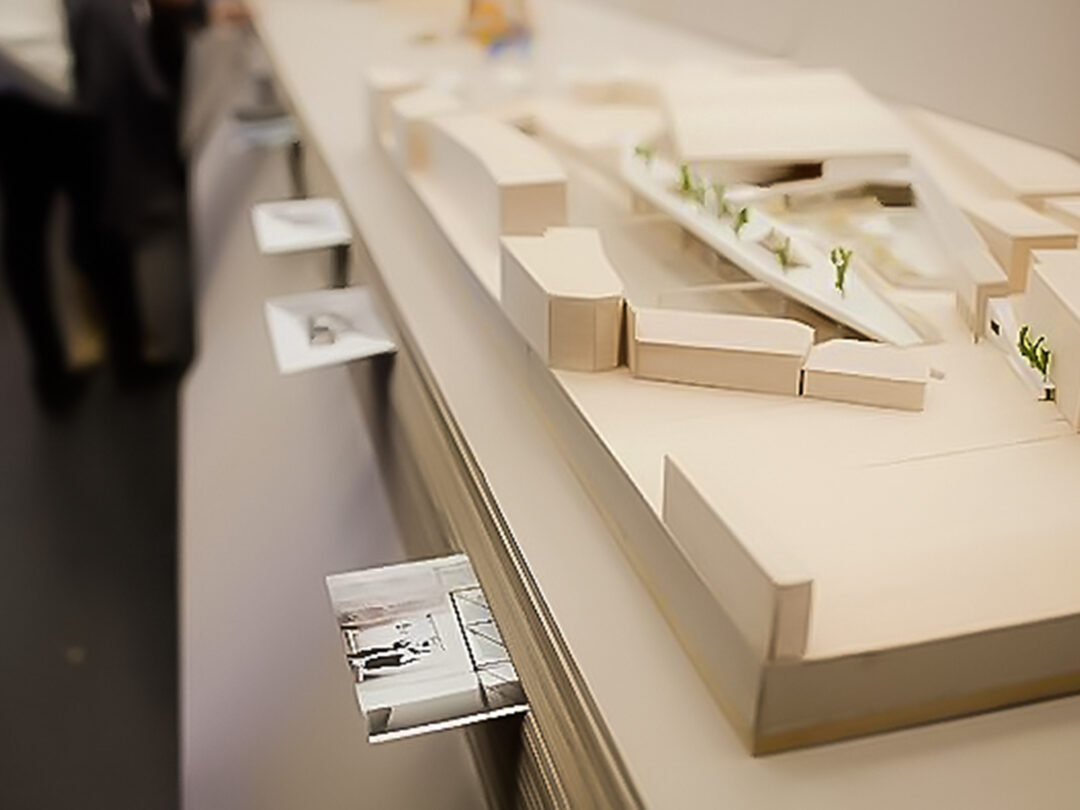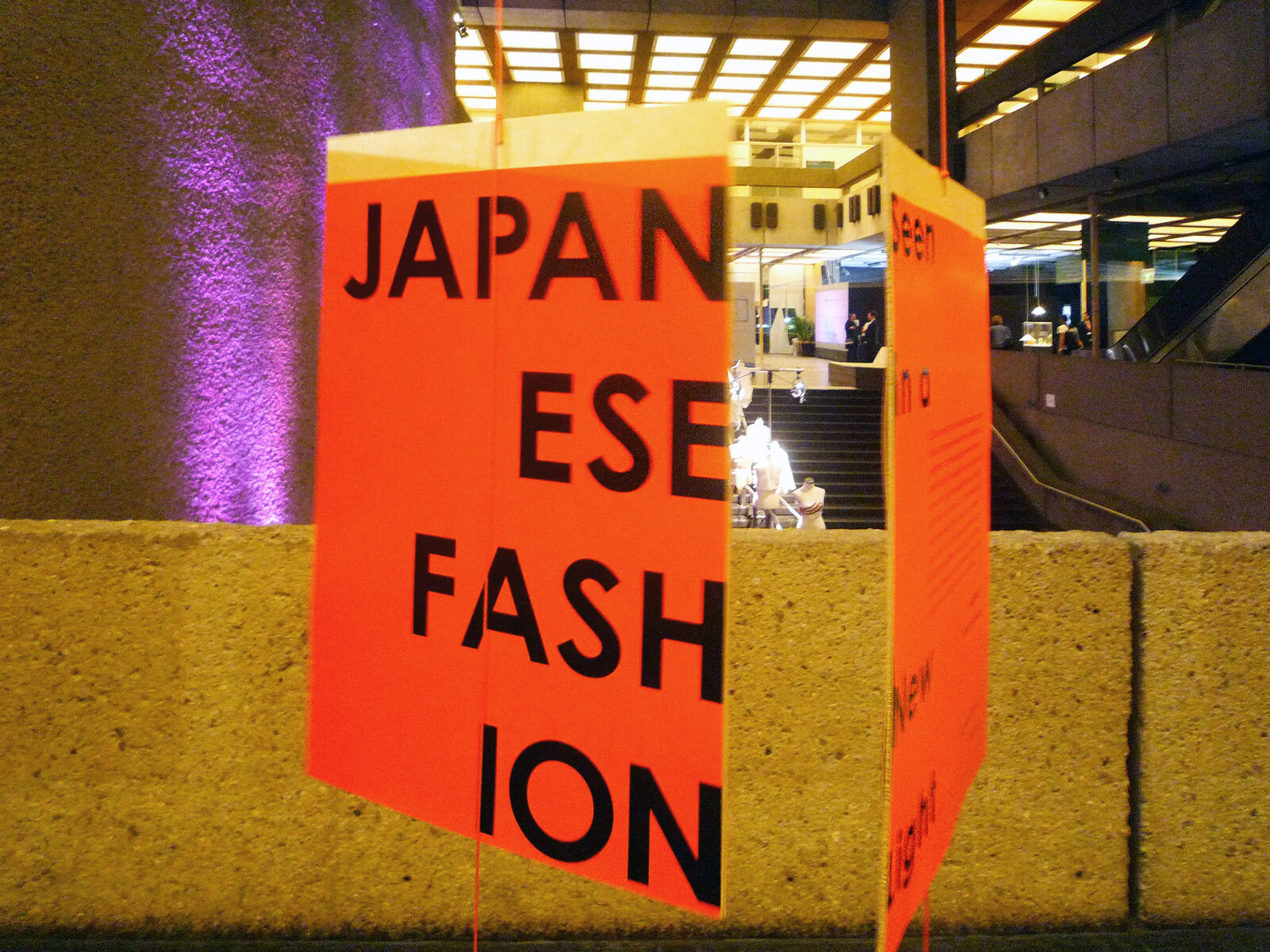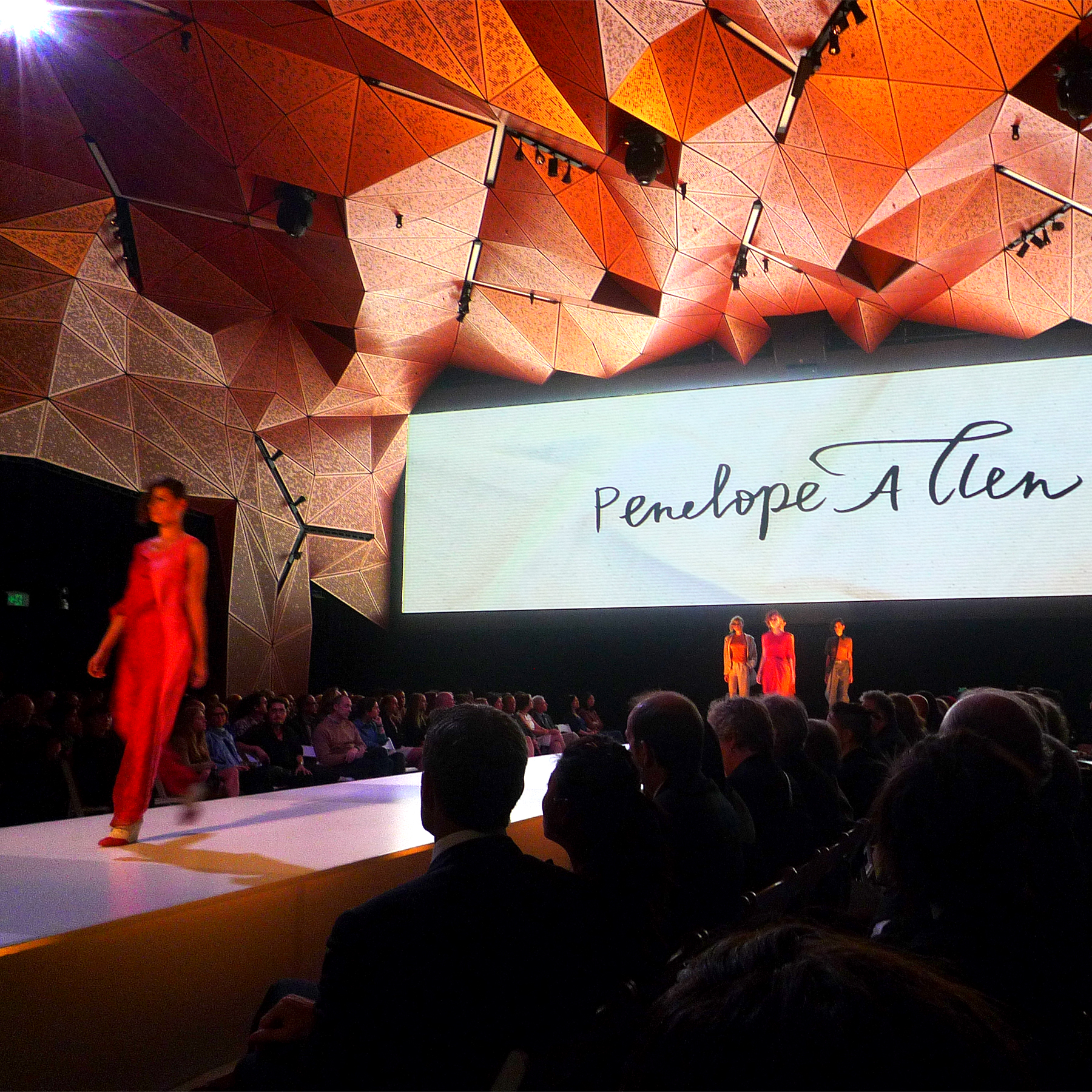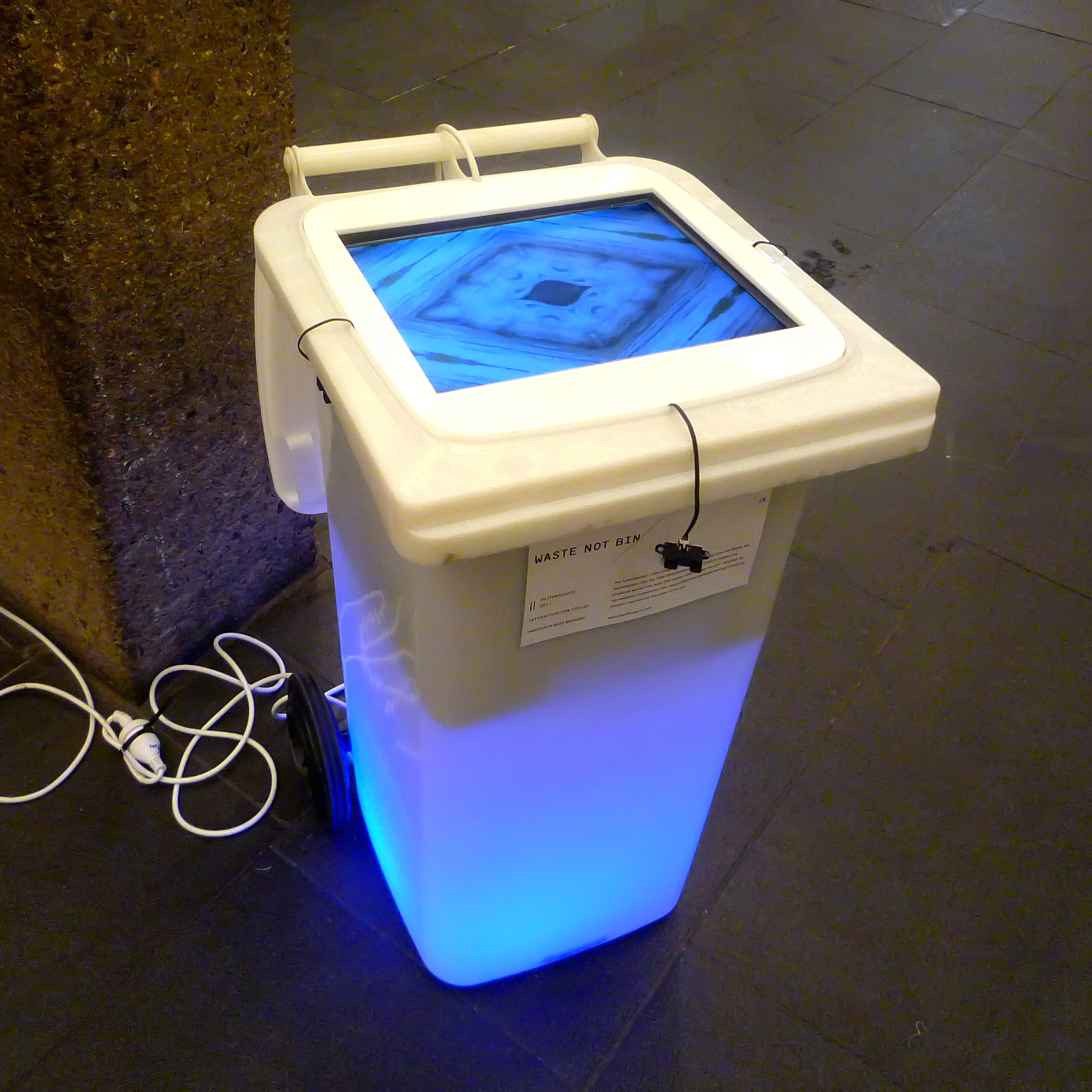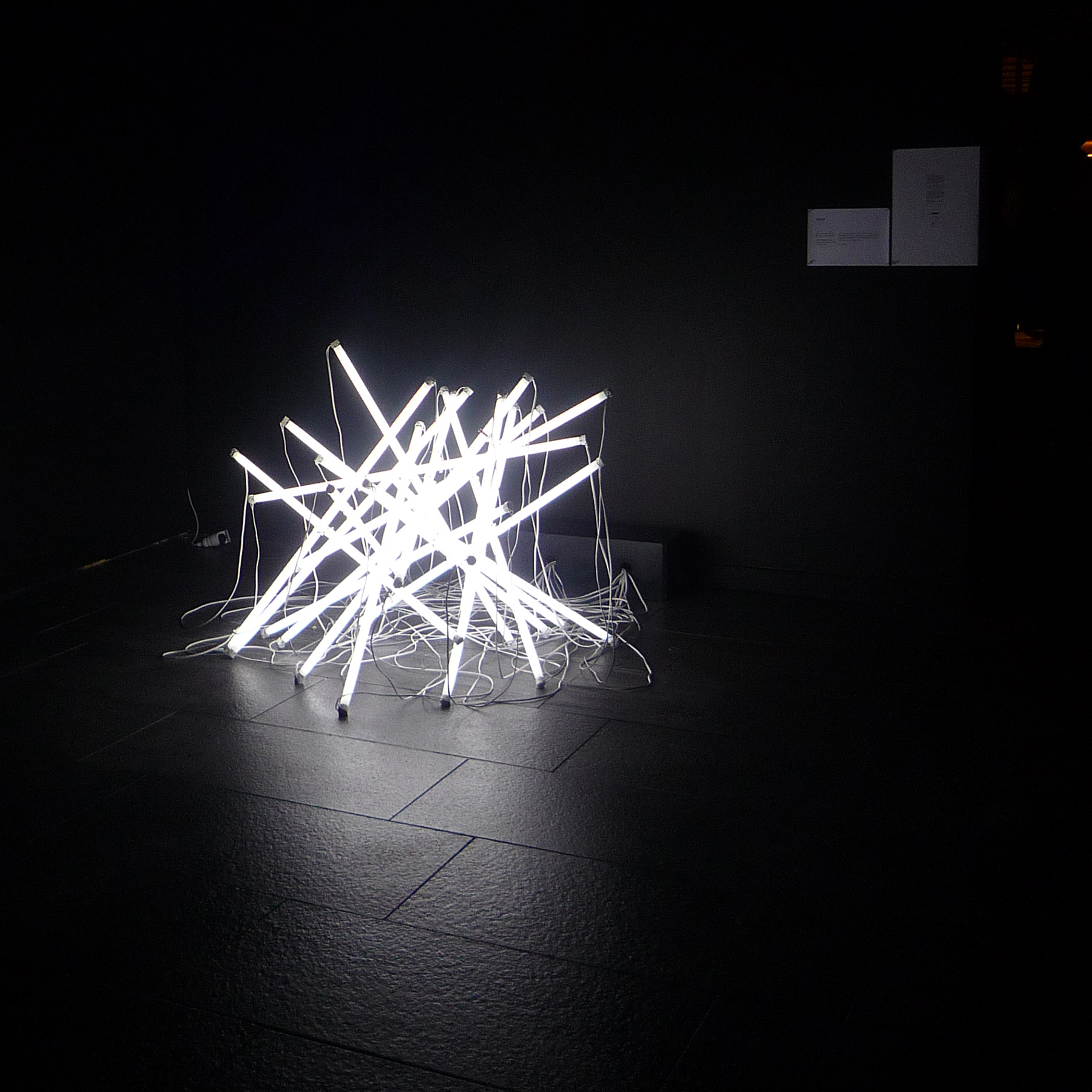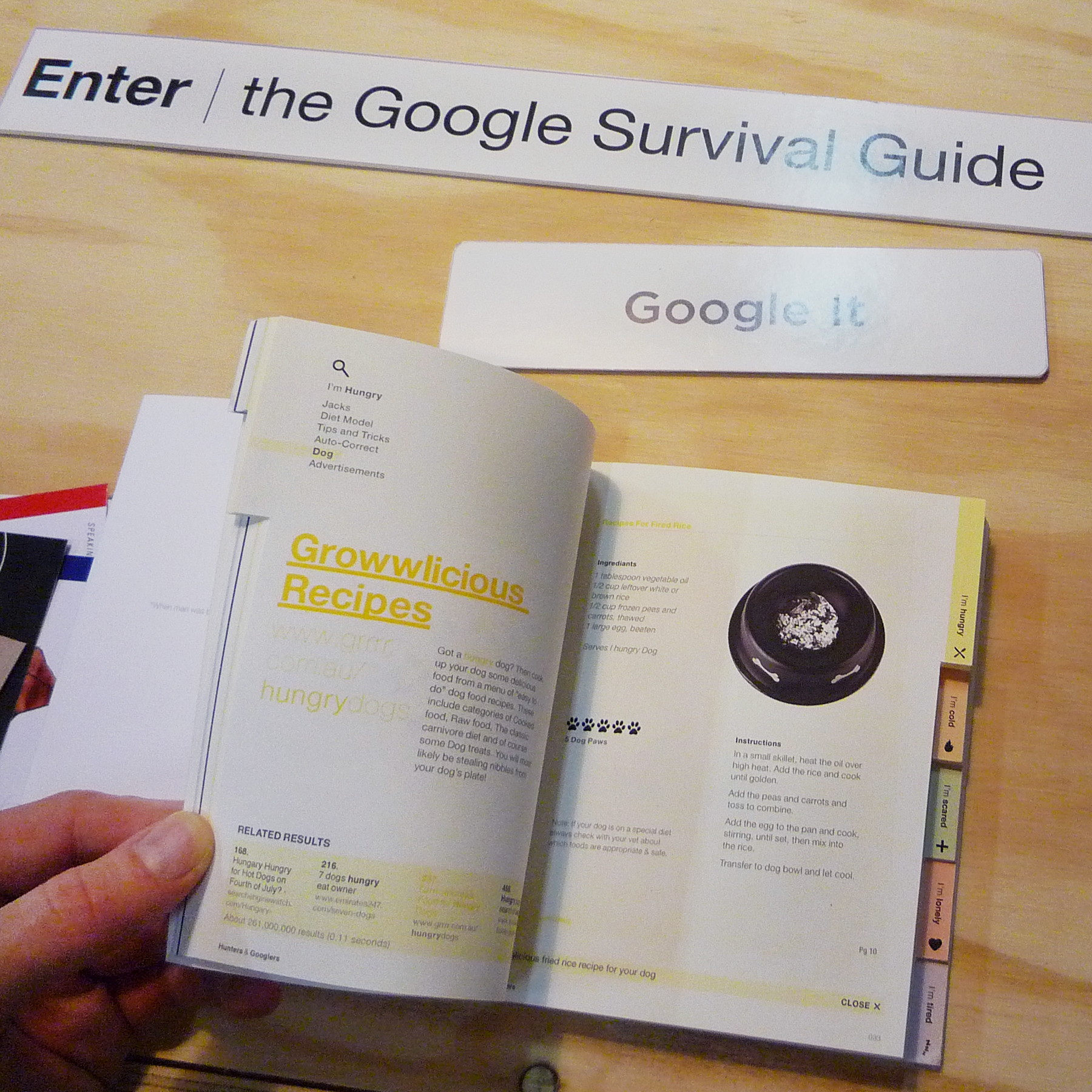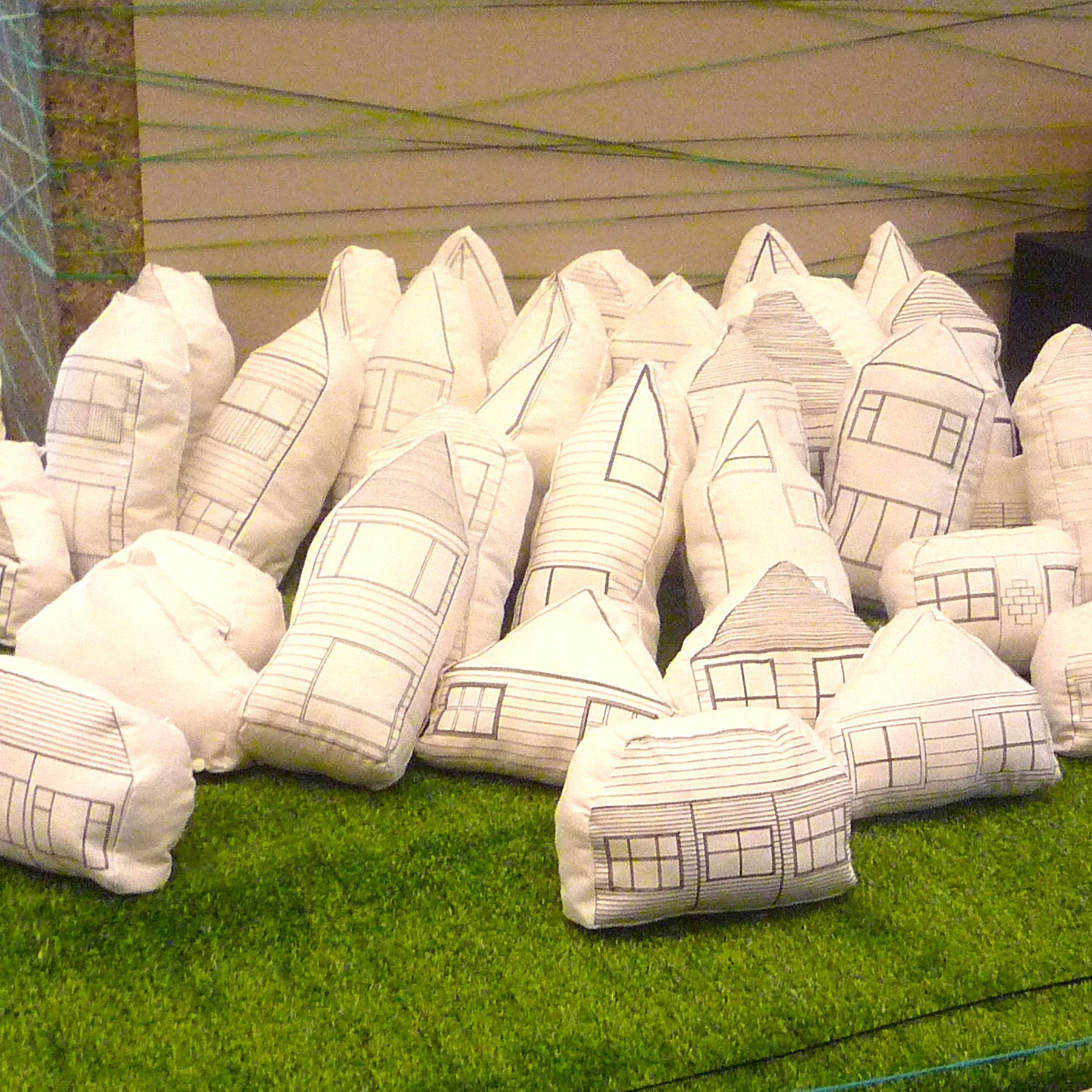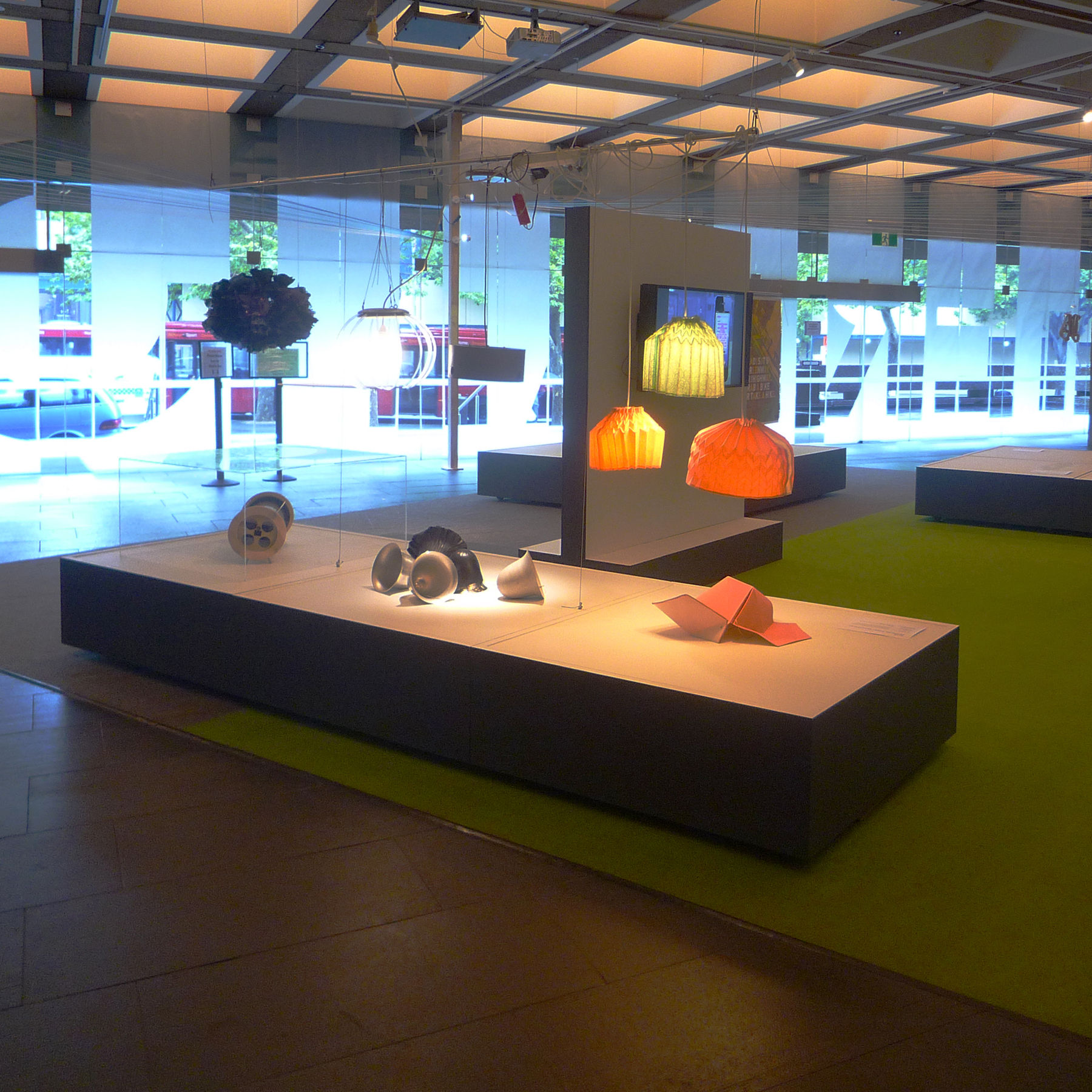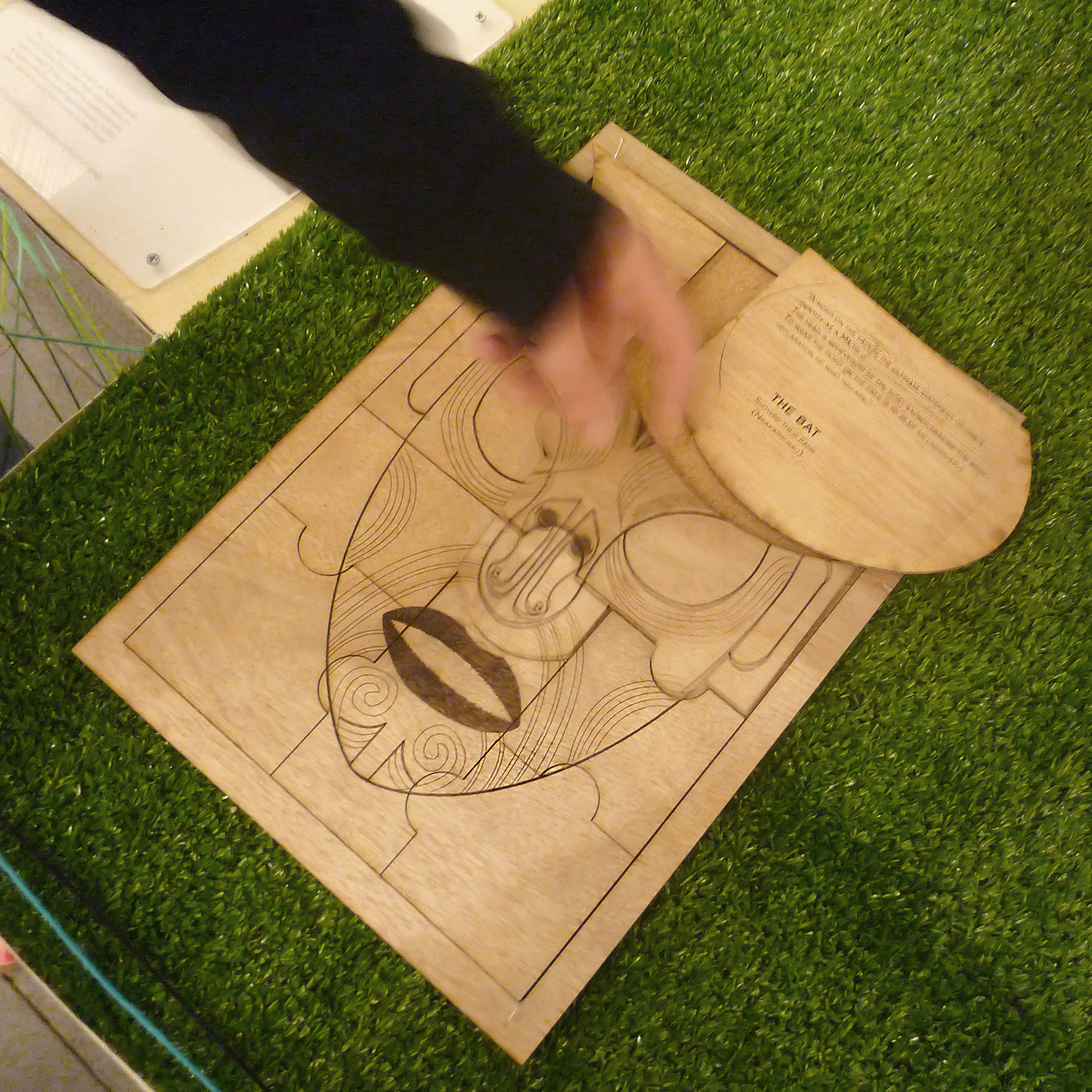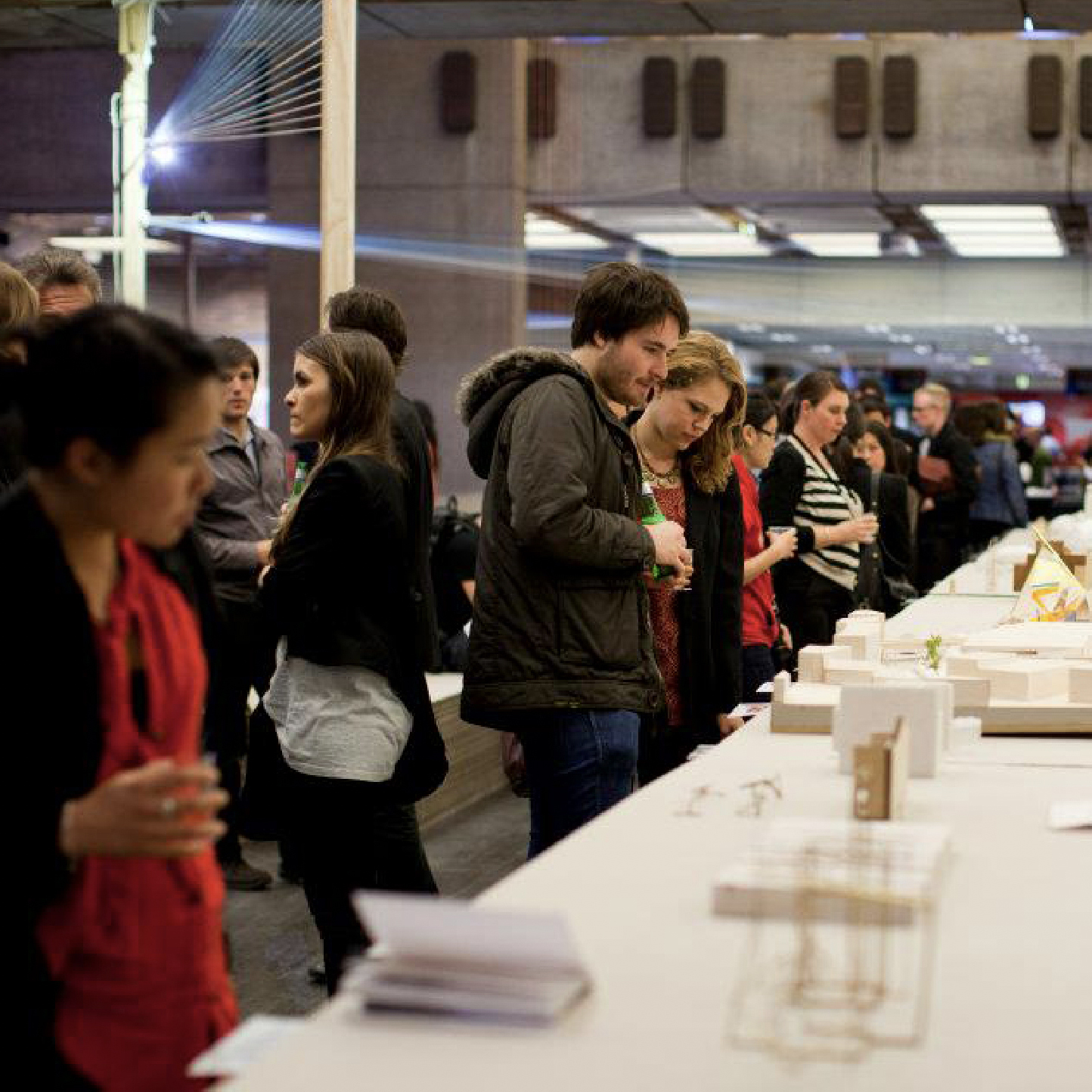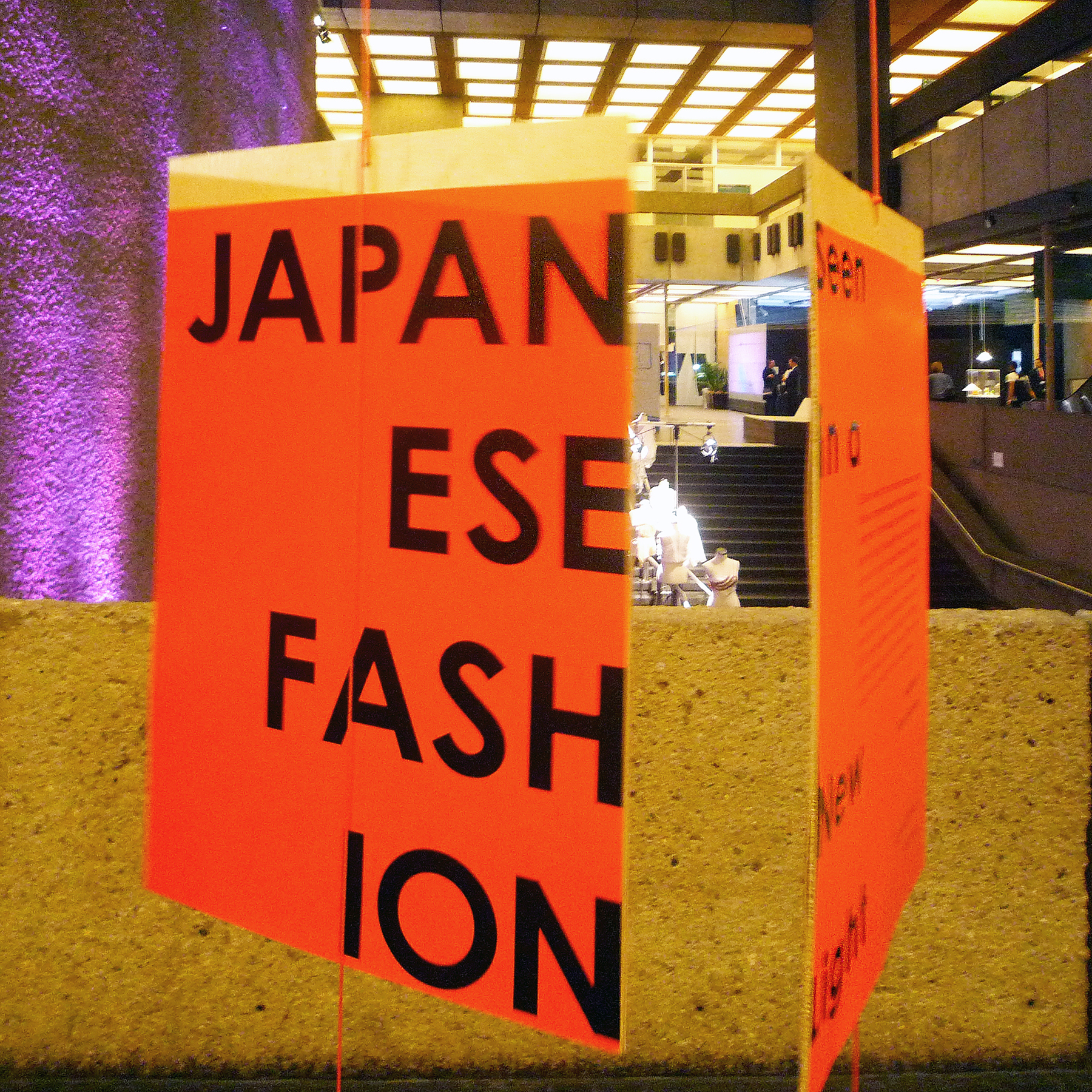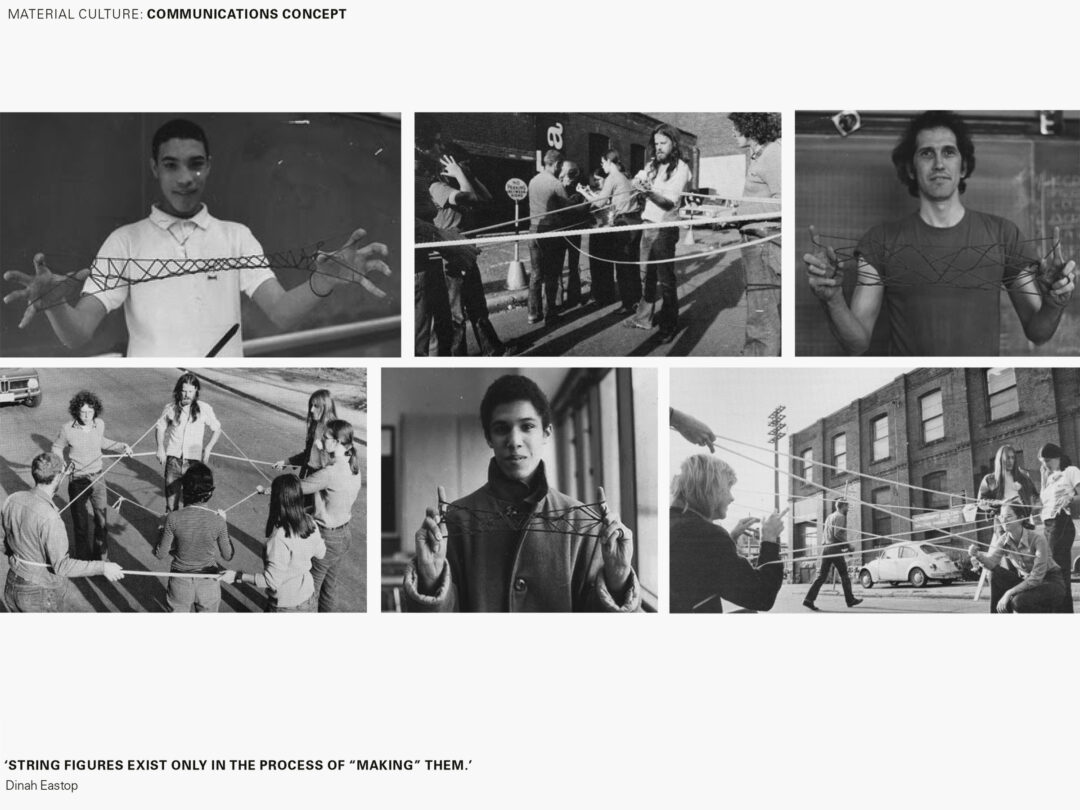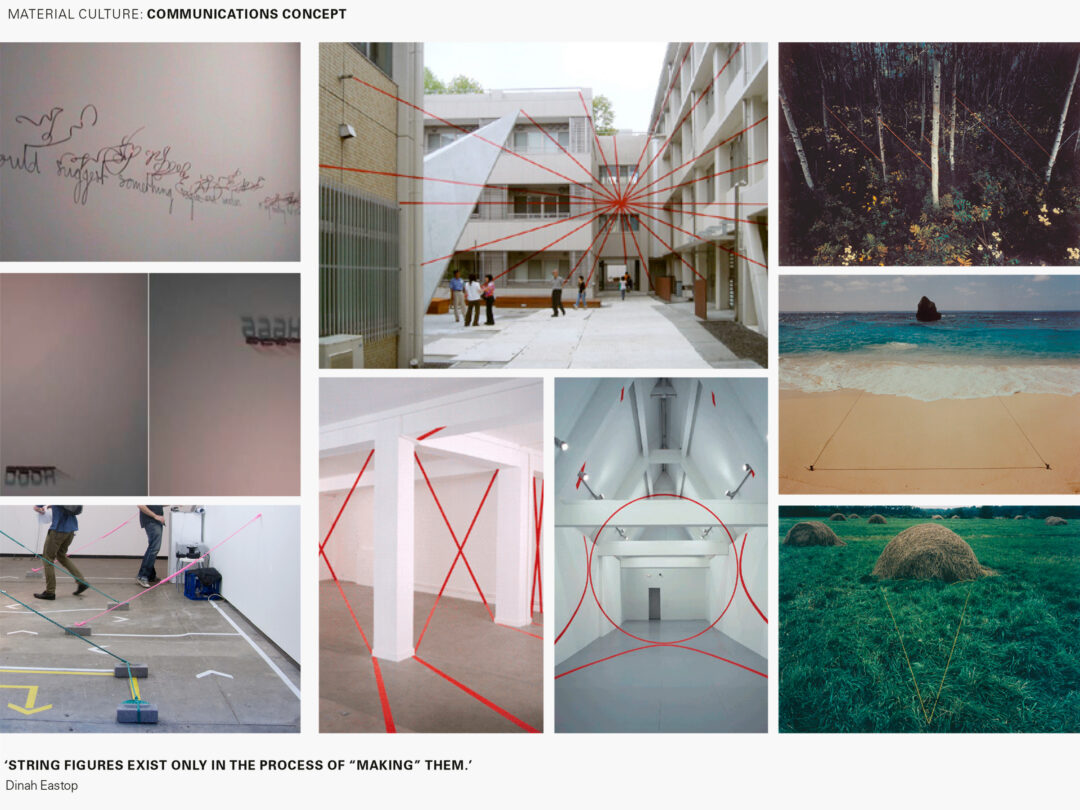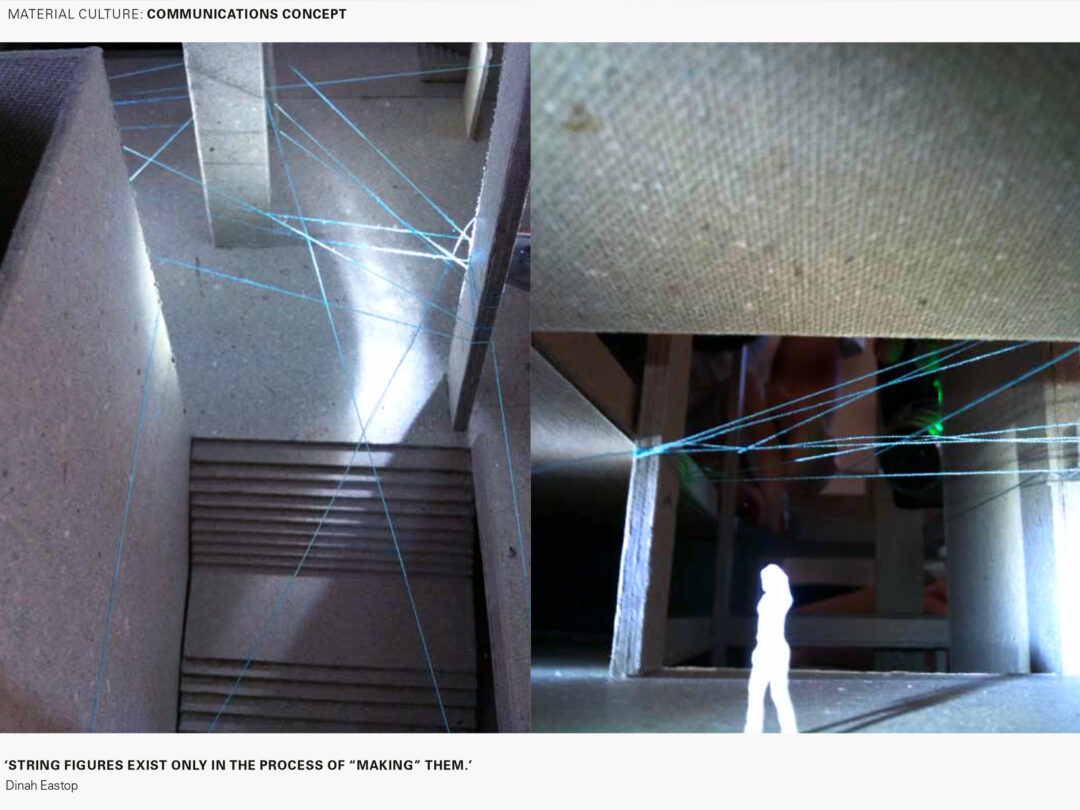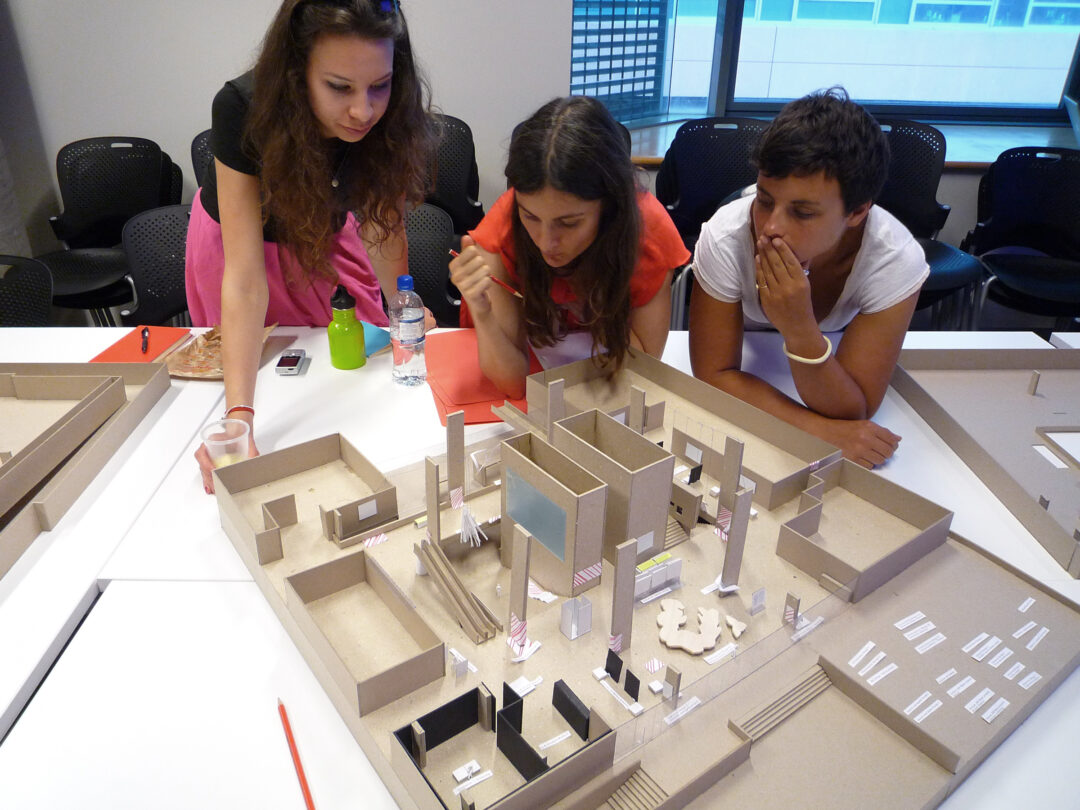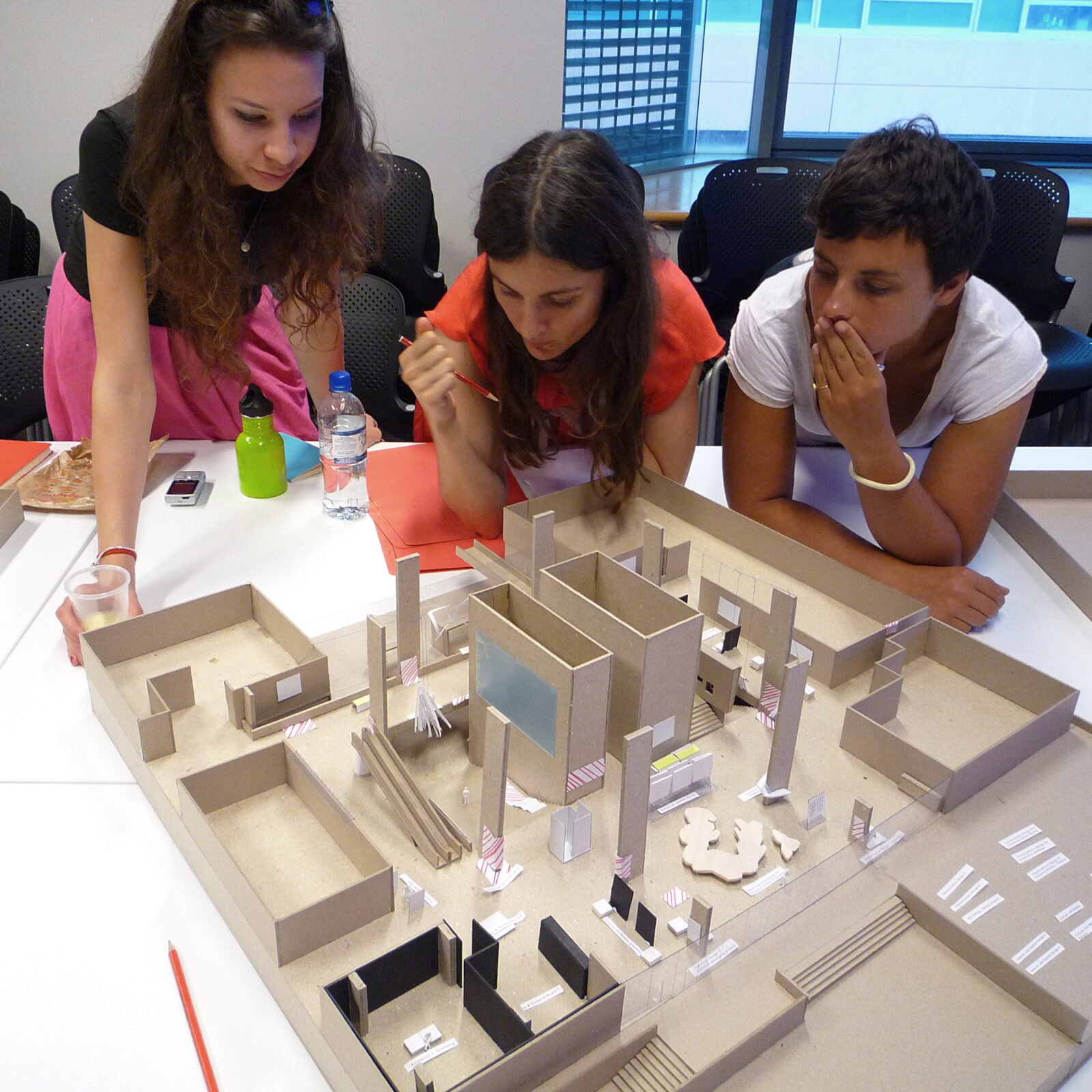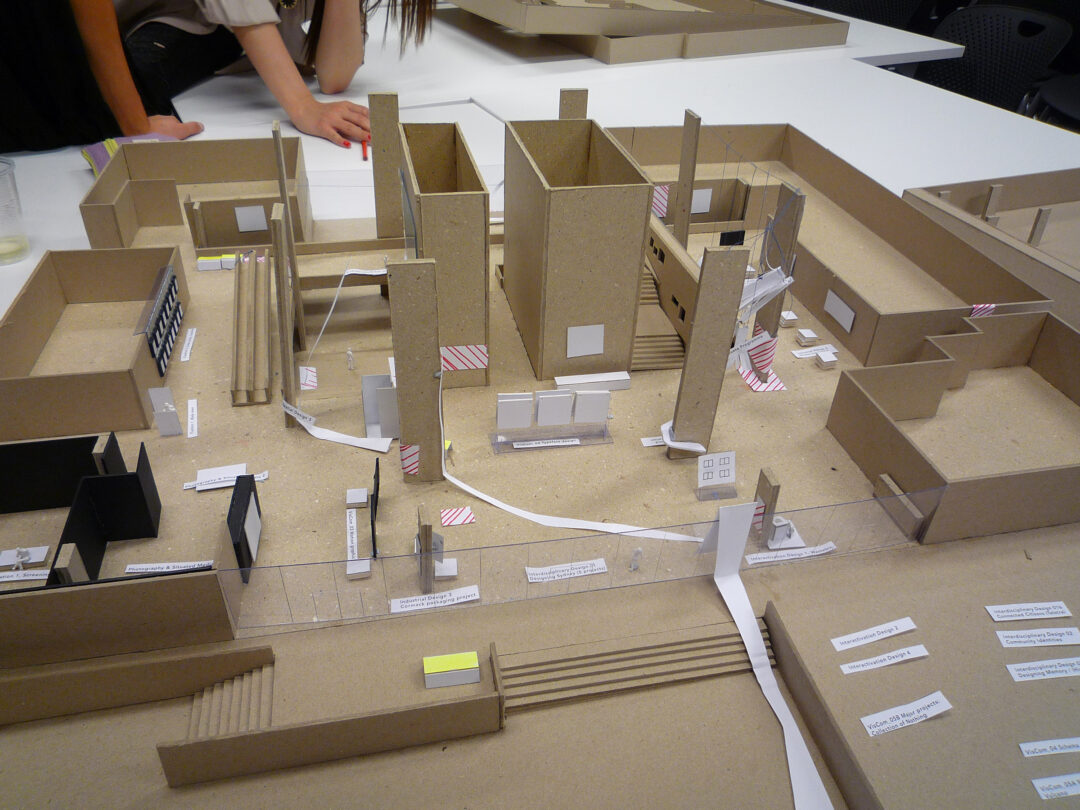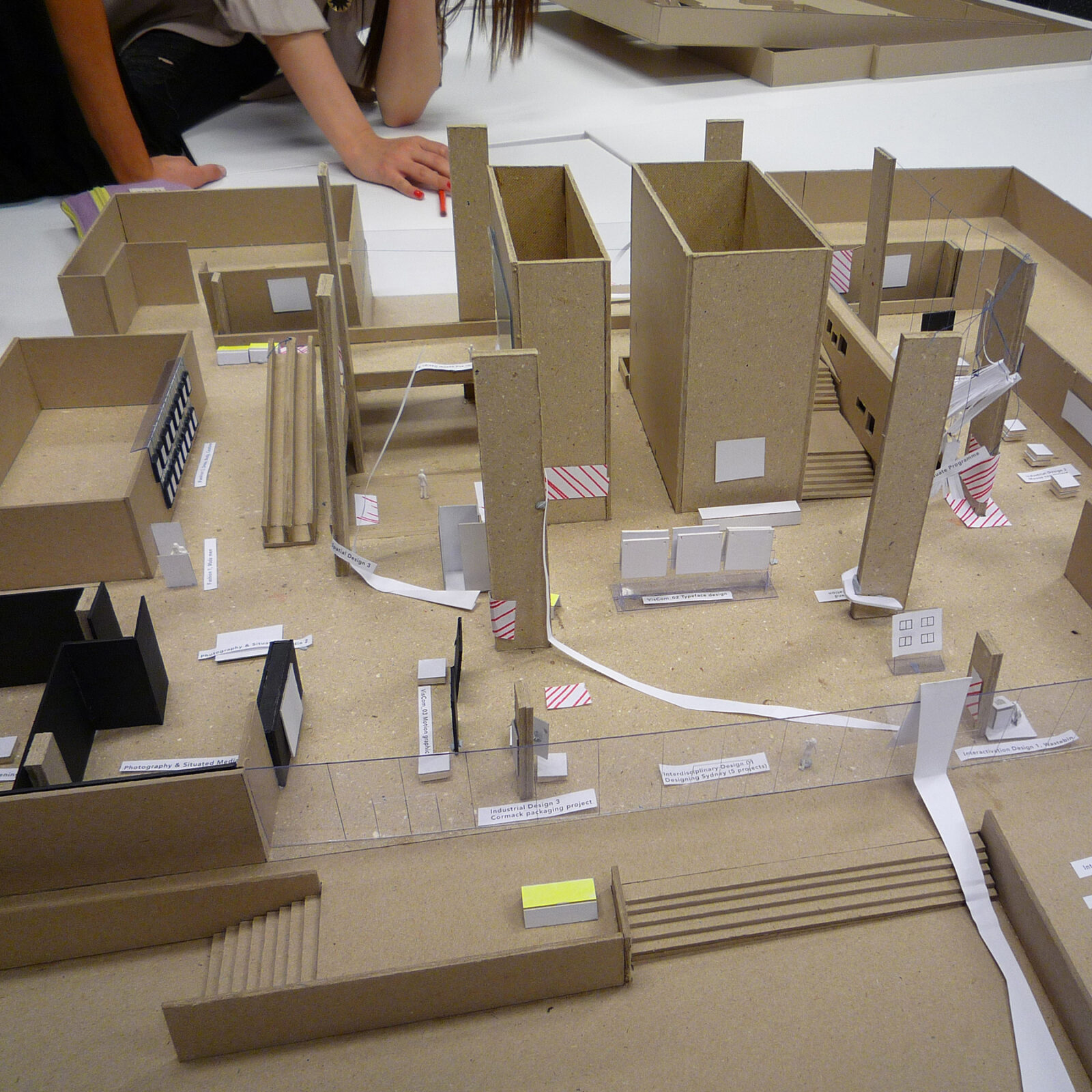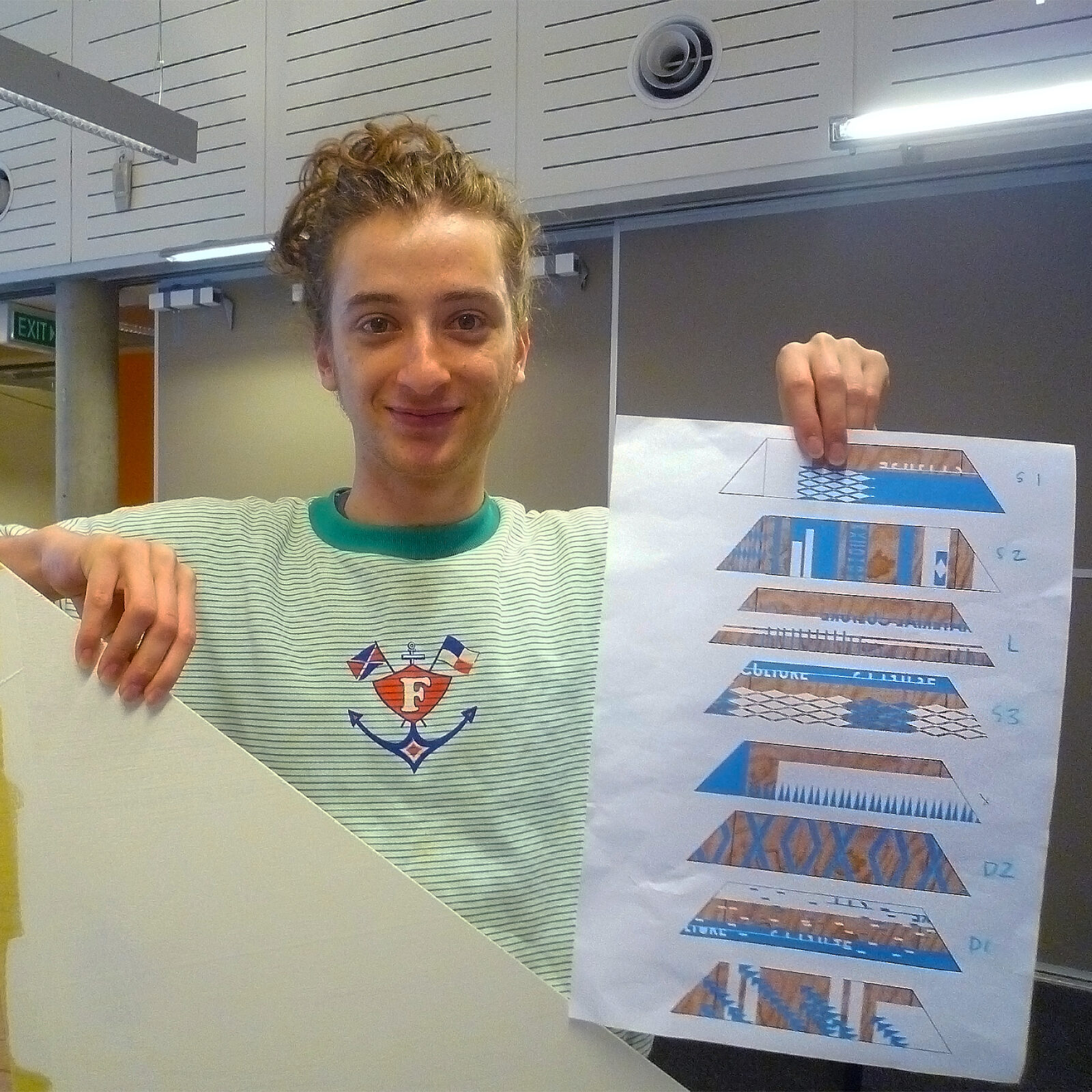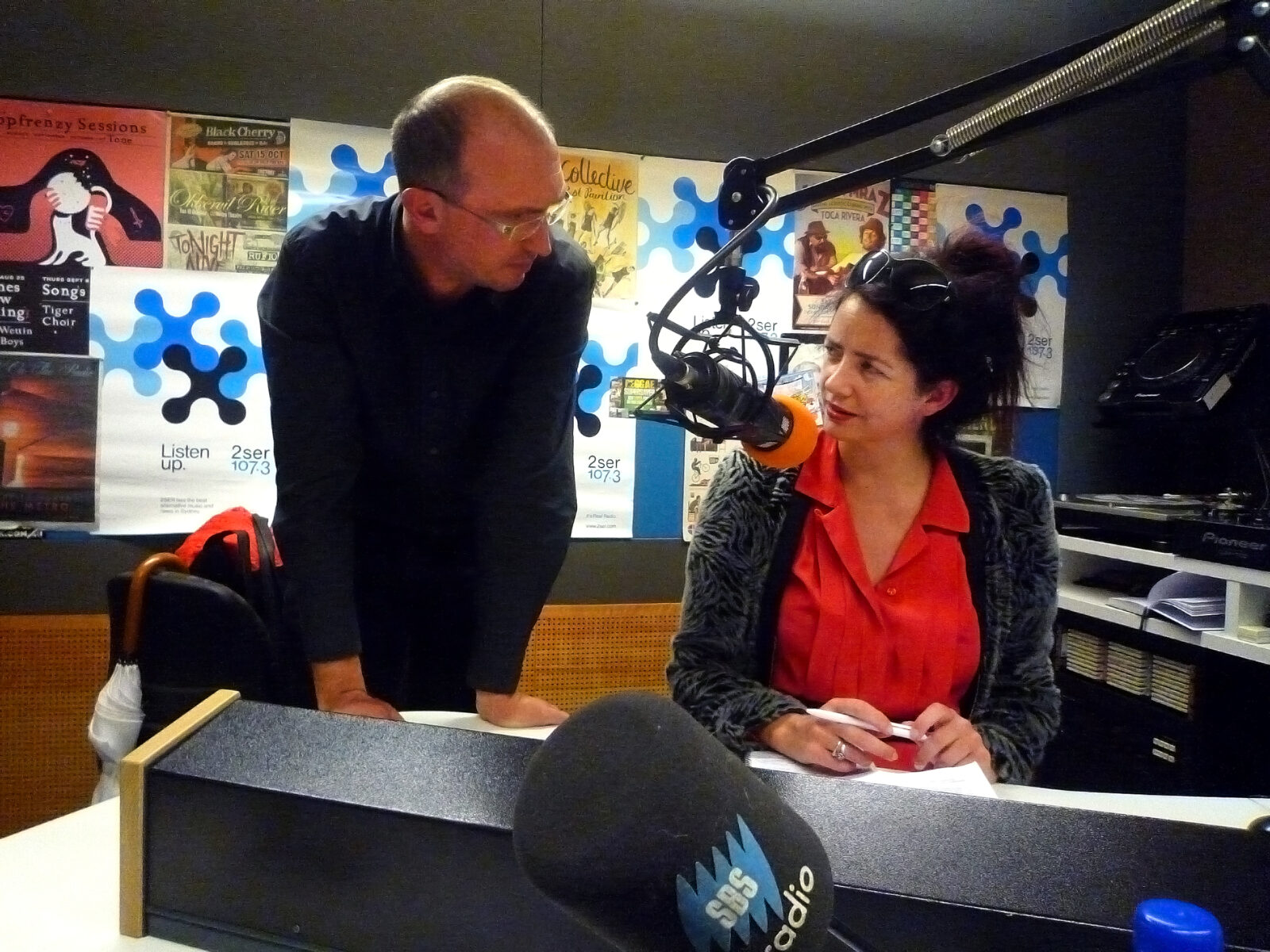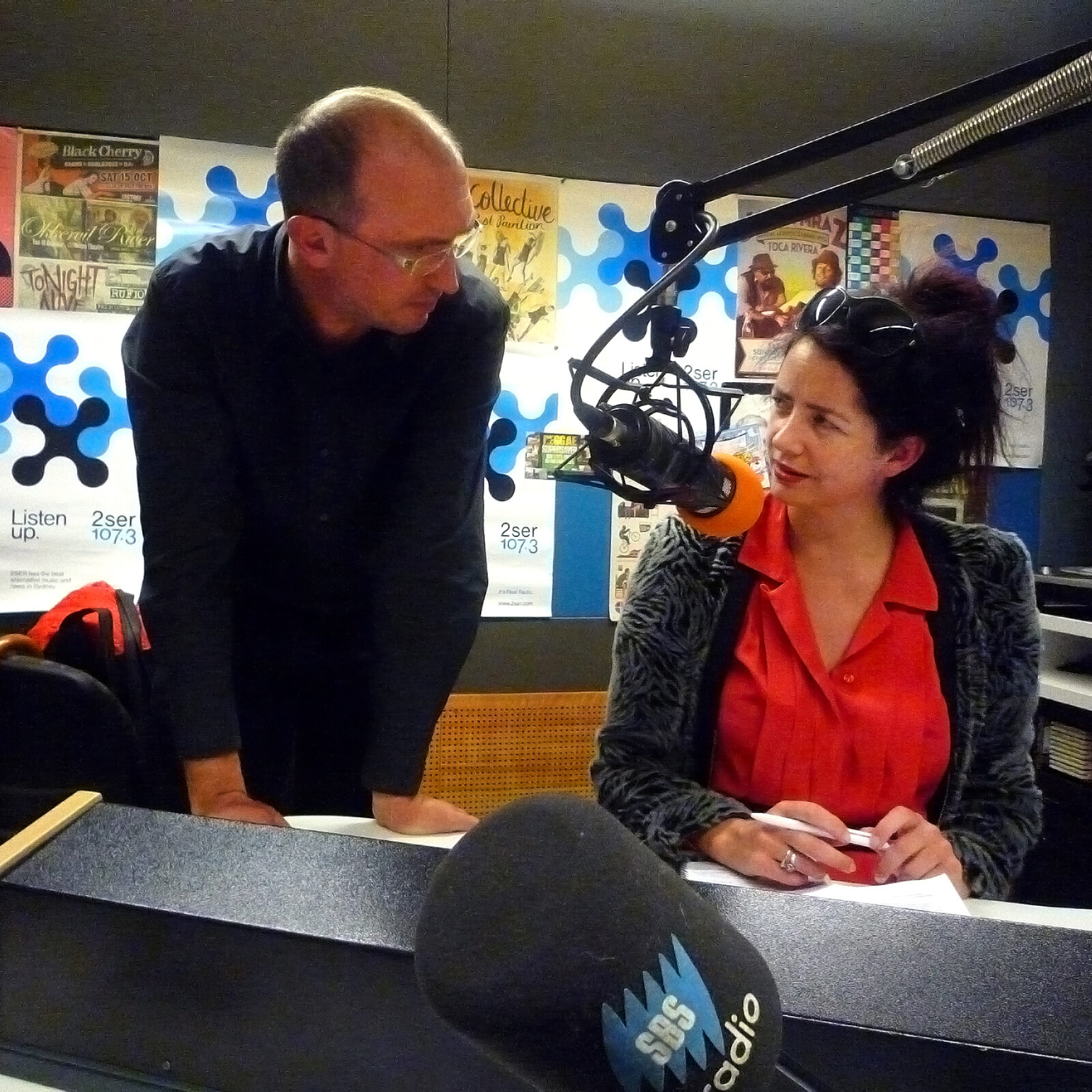The exhibition ‘Material Culture’ centers on a conceptual dialogue between the material object and an increasingly networked and immaterial culture. The design show anticipate the shift that occurred globally in design culture from a technological and consumption driven focus, to one where technology has become a social tool. Design processes particularly responded to social and cultural issues such as sustainability.
The University of Technology, Sydney showcased in this very first curated design exhibition a wide diversity of creative engagements. Finding solutions to complex problems also means that collaborative processes in design have become commonplace.
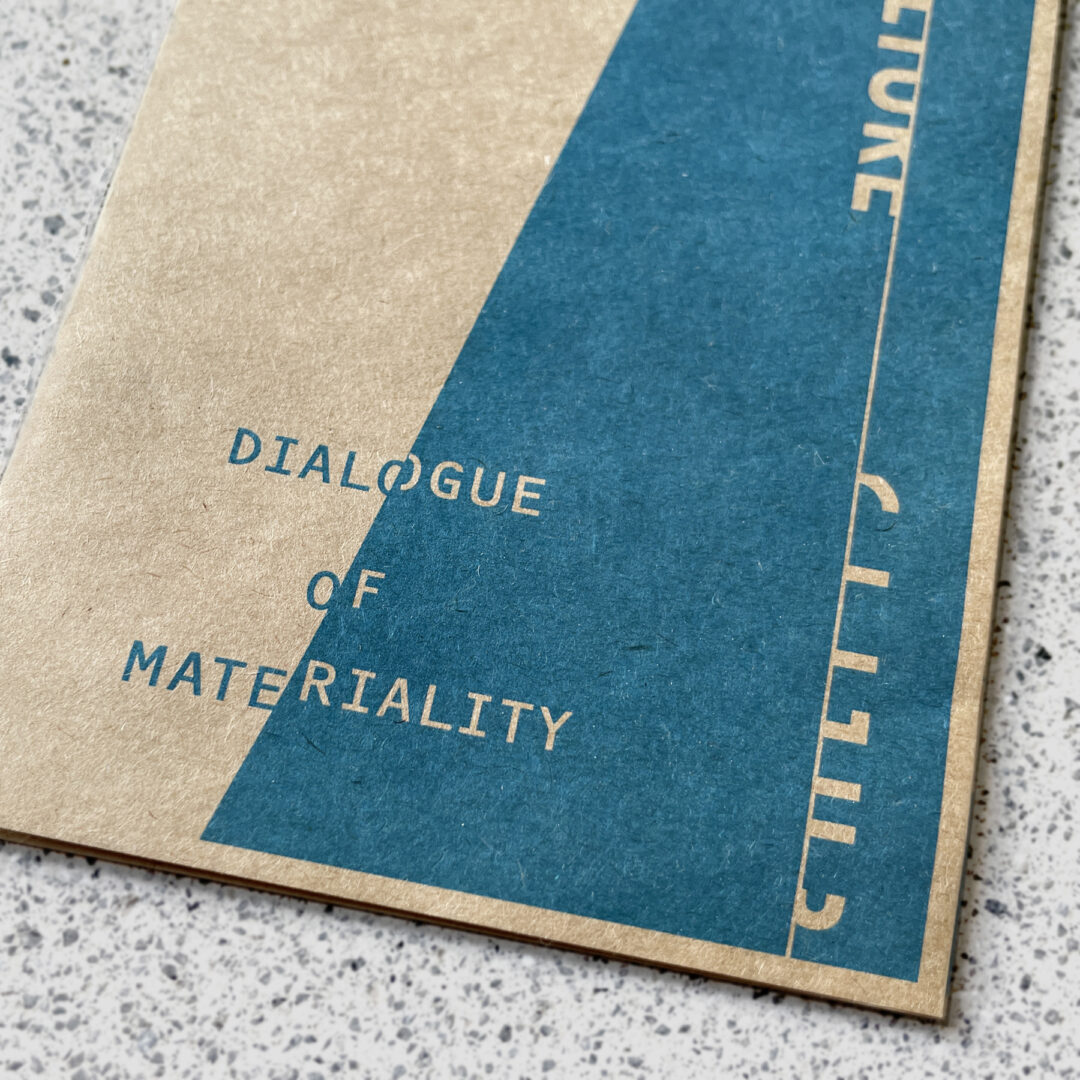
Curatorial and public project
This curatorial and public project was based on the material outcomes of the students’ practices and research and examined the shifting relationship between material object and digital culture. The exhibition enabled the UTS School of Design to open up and articulate itself towards the public, professional fields, students and staff as well as partners and media. The exhibition aimed to frame the core conceptual and theoretical context of the school while simultaneously indicating future directions.
Discursive exhibition
The Material Culture exhibition had a discursive aim and focussed on distinctive works that represented innovative ways of thinking and making. Contributors were invited to take position within each particular professional field. The featured projects posed questions about (design) assumptions and design cultural statements. Outcomes, educational models and research activities were shown including perspectives how they relate to social issues.
In Material Culture a cross section of outputs was displayed from various departments, such as Interior and Spatial Design, Photography and Situated Media, Animation, Visual Communication, Fashion and Textile Design, Industrial Design, Interdisciplinary Design, Interaction Design, History and Theory, PhD graduate program and the Research center Designing out Crime.
Product and interface designs addressed ergonomics, anthropometry and manufacturing contexts in connection with mass production and consumer culture. Other projects were looking at the world through the lens of human memory and questioned the contemporary world that may have lost through its emphasis on speed and technology. Documentary projects examined the state of urban Sydney, highlighting the constant change, development, destruction and reconstruction throughout Sydney’s precincts of Chippendale and Frasers. Students presented creative results of an investigation into cultural identity in New Zealand. While some projects were presented as open-ended concepts to instigate professional and social debate, other projects were shaped as practical solutions to concrete problems.
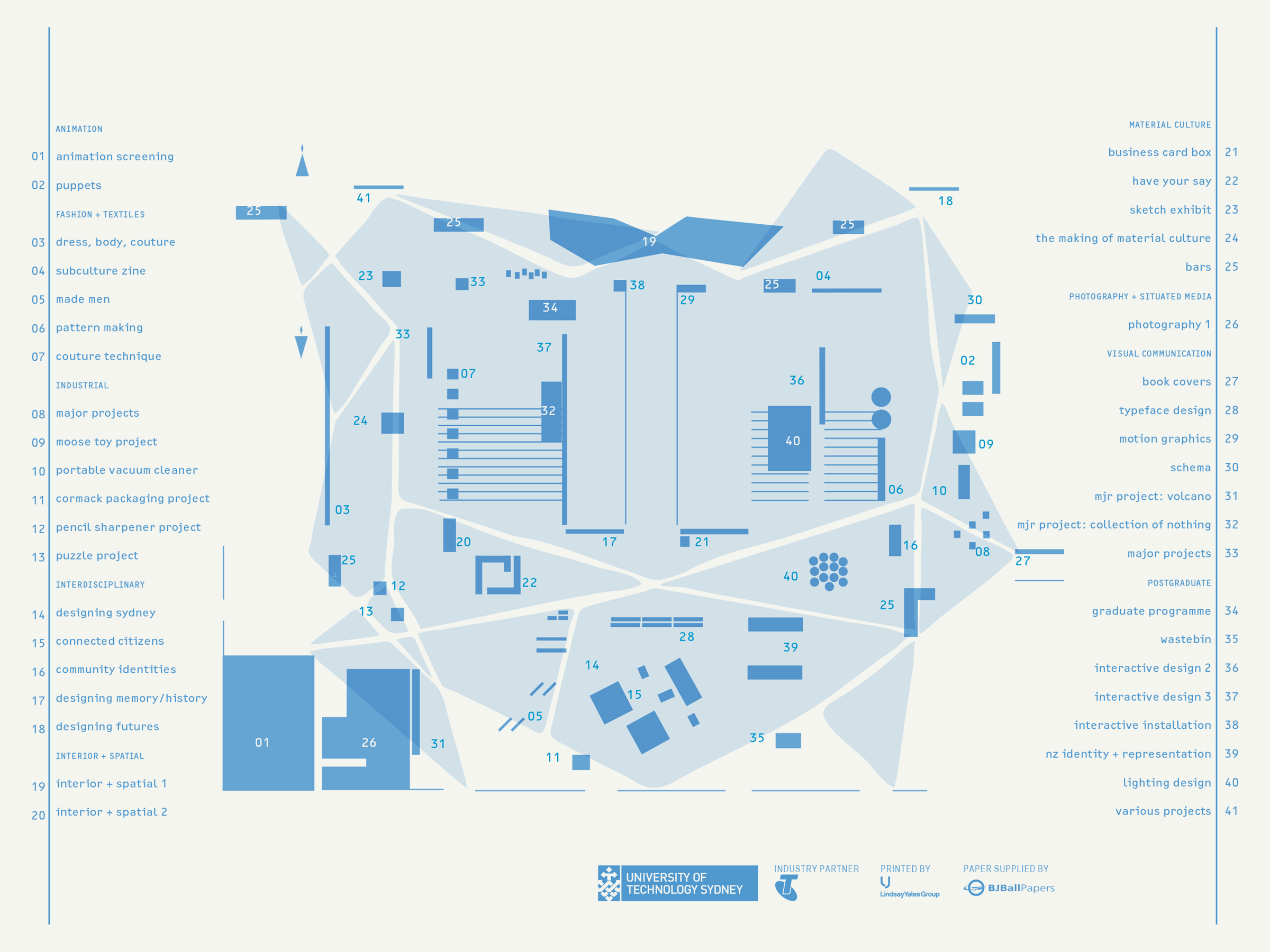
Design concept
The exhibition was situated in the UTS Tower, N1 a concrete monolith building in ‘brutalist style’ built in 1968 with spacious halls, corridors and stairs. Beyond the curatorial task of creating a compelling narrative between the contents, projecting a design exhibition with small objects was challenging in the visually ‘massive’ spatial environment. Instead of trying to counter the brutalist environment by creating new massive spatial and visual interventions the design of the exhibits was kept simple and non-invasive and made use of the given spatial conditions.
Rather than designating each discipline a separate space, the exhibition focussed on the connections across the range of student works and topics. The design incorporates coloured strings that wired the projects and subtly established thread connections and narratives throughout the exhibition without taking the emphasis from the individual projects. Components were built from existing exhibition parts and furniture. Other exhibits were constructed with raw materials which easily could be reused afterwards to save resources.

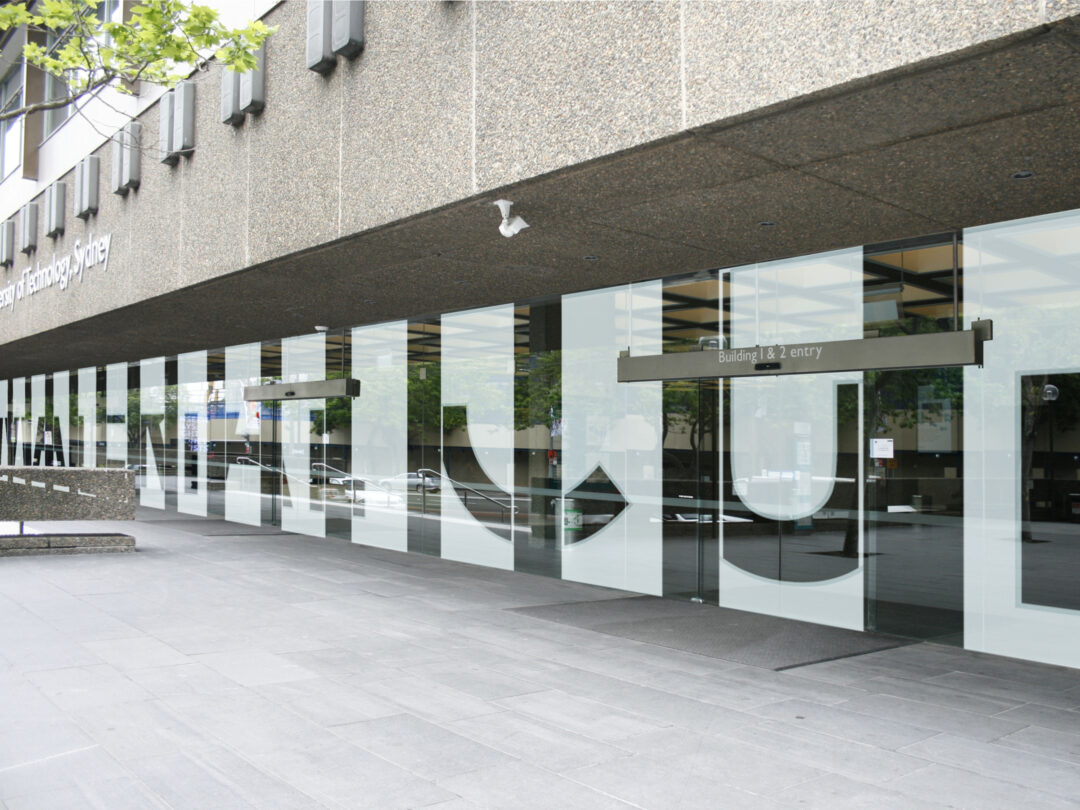
Design exhibition and projects: UTS design students, 2011
Interdisciplinary collaborative process
The point of departure of the exhibition was a bottom-up collaborative development in which curatorial decisions were made by the various (sub)departments in dialogue with the student team who organised and designed the exhibition.
Exemplifying this collaborative process, an interdisciplinary group of students worked together with academics and industry experts to conceptualise and realise the design and visual material for the exhibition. The students received professional guidance from designer Evert Ypma, who worked on exhibition projects such as the Architecture Biennial Rotterdam 2003, Dan Potra, a scenographer who has designed sets for Opera Australia and the 2000 Sydney Olympics and lighting designer Mike Day.
Organisation
The show has been initiated by Lawrence Wallen, head of the UTS Design School (2009-2018). The project organisation and the student team was lead by Evert Ypma, exhibition coordinator and visiting fellow to the UTS School of Design (2011).
The organisation of the exhibition required involvement of many departments, people and mobilised resources across the university’s organisation. By doing so the project has facilitated an interdisciplinary collaboration between students and staff within the Design School and in the UTS.
- Commissioner
School of Design, Faculty of Design, Architecture and Building, University of Technology, Sydney
- Location
Sydney
- Year
- 2011
- Project type
- Curating, Design management, Exhibition design
- Field
- Design, University
- Status
- Completed
- Project lead
Evert Ypma (Curation, design management, coordination), Lawrence Wallen (head of School of Design, 2011)
- Project team
Transdisciplinary student team of the School of Design, University of Technology, Sydney:
Dennis Choi, Jessica Gilbert, Rachel Kim, Jessica Margiotta, Carla Matias, Alena Minaeva, Jessica Page, Quincy Ye, and students from various departments
Coaches: Evert Ypma (curator, design), Dan Potra (scenographic design), Michael Day (light design)- Collaborators
Bert Bongers (Interactivation Studio); Kate Sweetapple, Jacqueline Gothe (Visual Communication); Cecilia Heffer, Todd Robinson (Fashion & Textile Design); Berto Pandolfo (industrial design); Interior & Spatial Design; Animation Design; Photography & Situated Media; Interdisciplinary Design Studies; Interaction Design; MA Design; Design History and Theory; PhD Graduate Program; Research center Designing out Crime (Kees Dorst), and others.
- Production
Eduardo de Macedo, Rachel Kim, Jessica Page (UTS UTS Event & Communications), Vicky Karaminas (Sponsoring), UTS Building Services





